TCL C69B or C655 in its smallest sizes (43 and 50") is a model that stands out primarily due to its Google TV system. The interface is simple and intuitive, and accessing favorite applications is problem-free. Personalized recommendations make it easy to choose what to watch, and voice search in Polish works quickly and efficiently. Regarding picture quality, C69B / C655 performs well, especially for its price. With quantum dot coating technology (PFS), colors are vivid, and Dolby Vision support makes HDR movies look quite decent. The contrast is sufficient for everyday viewing, but the brightness of 350 nits can be a problem in very sunny rooms. However, in less demanding conditions, the TV performs quite well – details are well visible, and the black level is decent, though not perfect. For gamers, it is rather an option for casual gaming. The 60 Hz panel does not provide the same smoothness as more expensive models, but the low input lag ensures good responsiveness. The Game Bar feature allows quick adjustments without leaving the game. This is not equipment for avid gamers, but at this price, it is hard to expect more. However, there are some limitations. The screen brightness and the lack of recording function may be bothersome, especially if we are used to more advanced solutions. Picture-in-picture (PiP) is another feature missing here – this can be an issue for multitasking enthusiasts. In HDR content, it is also noticeable that the TV does not perform as well as more expensive models, especially in brighter scenes. In summary: C69B / C655 is a TV that will perform best in everyday use. Google TV makes life easier, and the picture quality will satisfy most people, especially if we do not expect perfection. It is equipment for watching TV, movies, and occasional gaming that won’t strain the budget but still offers solid basics to fit where larger TV sizes simply won’t fit.
- Matching (Score)
- Our verdict
- TV appearance
- Where to buy
- Contrast and black detail
- HDR effect quality
- Factory color reproduction
- Color reproduction after calibration
- Smoothness of tonal transitions
- Image scaling and smoothness of tonal transitions
- Blur and motion smoothness
- Console compatibility and gaming features
- Input lag
- Compatibility with PC
- Viewing angles
- TV efficiency during daytime
- Details about the matrix
- TV features
- Apps
- Playing files from USB
- Sound
TCL C655 / C69B (43" - 50") vs Philips PUS8500
Direct compare
C655 / C69B
PUS8500 / PUS8560 / PUS8510 / PUS8600

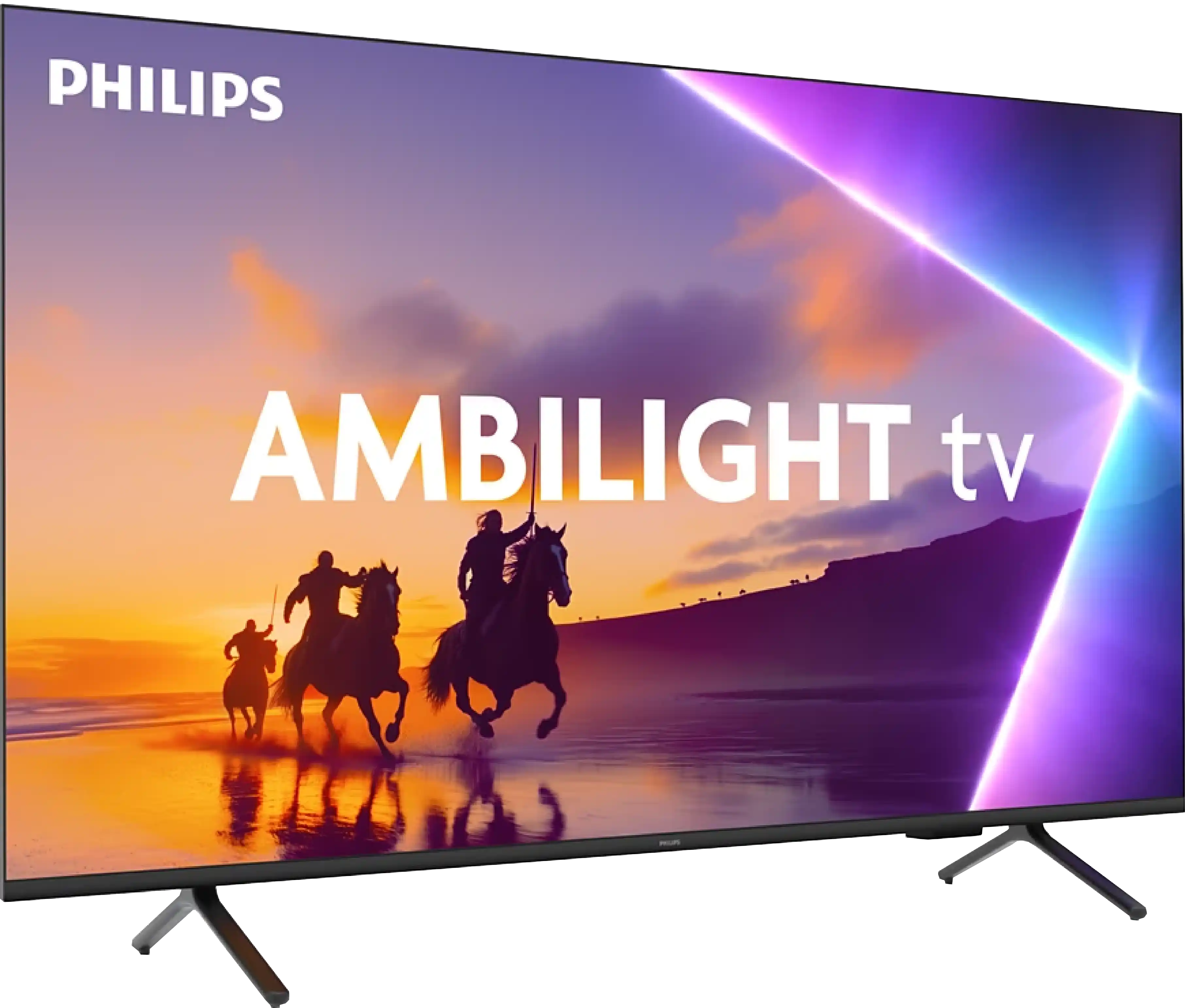
Panel type: LCD VA
Resolution: 3840x2160
System: Google TV
Model year: 2024
Complete the survey to find out the result

Panel type: LCD VA
Resolution: 3840x2160
System: Titan OS
Model year: 2025
Complete the survey to find out the result

Overall rating
6.0
5.6
Movies and series in UHD quality
5.5
5.6
Classic TV, YouTube
5.6
6.2
Sports broadcasts (TV and apps)
5.1
5.2
Gaming on console
6.9
6.7
TV as a computer monitor
5.0
5.6
Watching in bright light
4.7
4.9
Utility functions
7.5
4.8
Apps
9.6
4.6
Sound quality
6.3
6.2
Complete the survey to find out what fits your preferences
Advantages
Google TV
Low input lag
High native contrast
Support for all HDR formats
Good for "casual" gamers - support for VRR, ALLM, Game bar
Ambilight TV System
High native contrast - VA panel
Low input lag
Basic features for gamers: ALLM and VRR
Full support for audio formats: Dolby Atmos and DTS
Backlit remote controler with numeric keypad
Disadvantages
Average brightness
No recording function and PiP
Average panel brightness
TitanOS system feels unfinished (some features do not work, gaps in applications)
Infrared remote control
Font readability issues (PC)
Our verdict
Ambilight because that's where we have to start, it's the biggest reason to buy the PUS8500. The three-sided backlighting of the TV looks great, especially in the evening. It creates an atmosphere, masks the imperfections of contrast, and makes the viewing experience simply more enjoyable. Even if the black levels aren't perfect, the native VA panel's high contrast is just fine. On top of that, there's really decent input lag and several gaming features like ALLM and VRR. Although there’s no HDMI 2.1 or 120Hz panel, casual gaming should be a pleasure. Especially since it's responsive and latency-free. Additionally, there’s full support for audio formats – both Dolby Atmos and DTS, so soundbar owners can rejoice too.
But let's not kid ourselves – this is still a budget TV, and at times it shows. Brightness is average – not weak enough to make viewing impossible, but if you hit a particularly sunny day, watching conditions without blinds can be problematic. However, in our opinion, the biggest disappointment with the PUS8560 is the operating system, Titan OS. Despite the system debuting some time ago, certain features simply wouldn't work – for example, screen mirroring from a phone despite the manufacturer's claims that such a feature is present here. There are fewer apps than with competitors, and the system itself runs a bit clumsily. Overall, it seems to have some capabilities, but clearly lacks refinement.
Of course, this is not a TV meant to compete with top models. But if someone is looking for something simple, with a nice atmosphere that the Ambilight system provides, it is a quite reasonable offer. You just need to know what to expect and accept the many compromises present here.
TV appearance




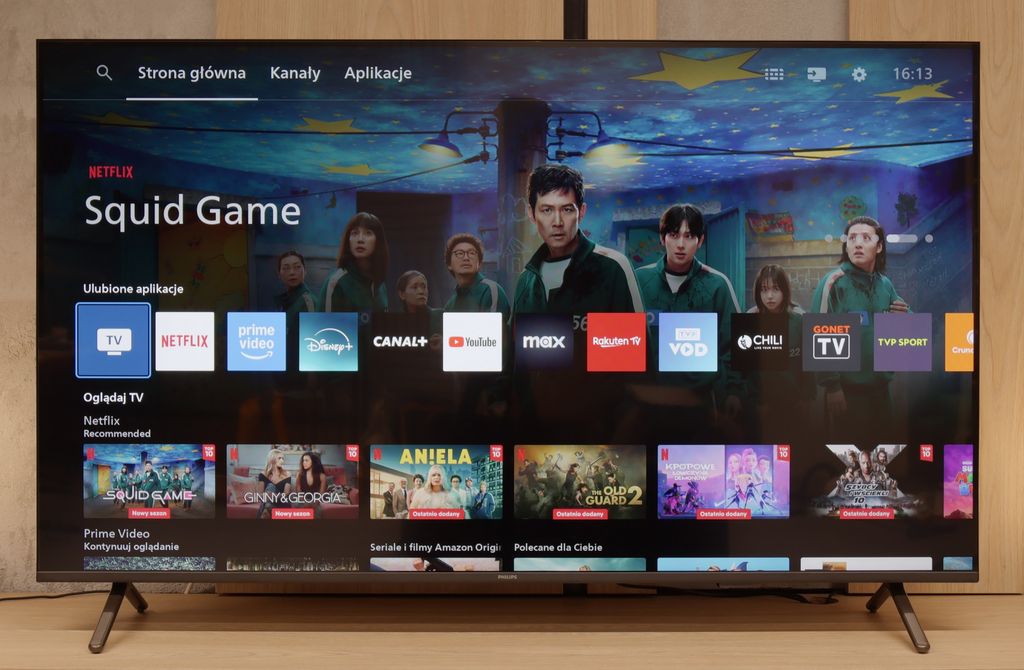
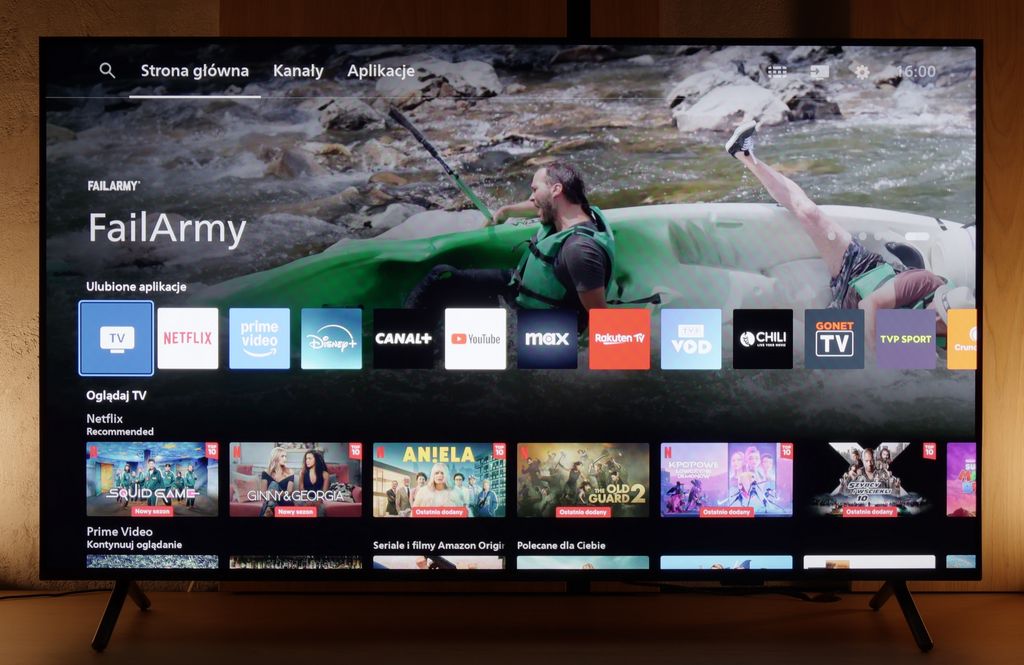
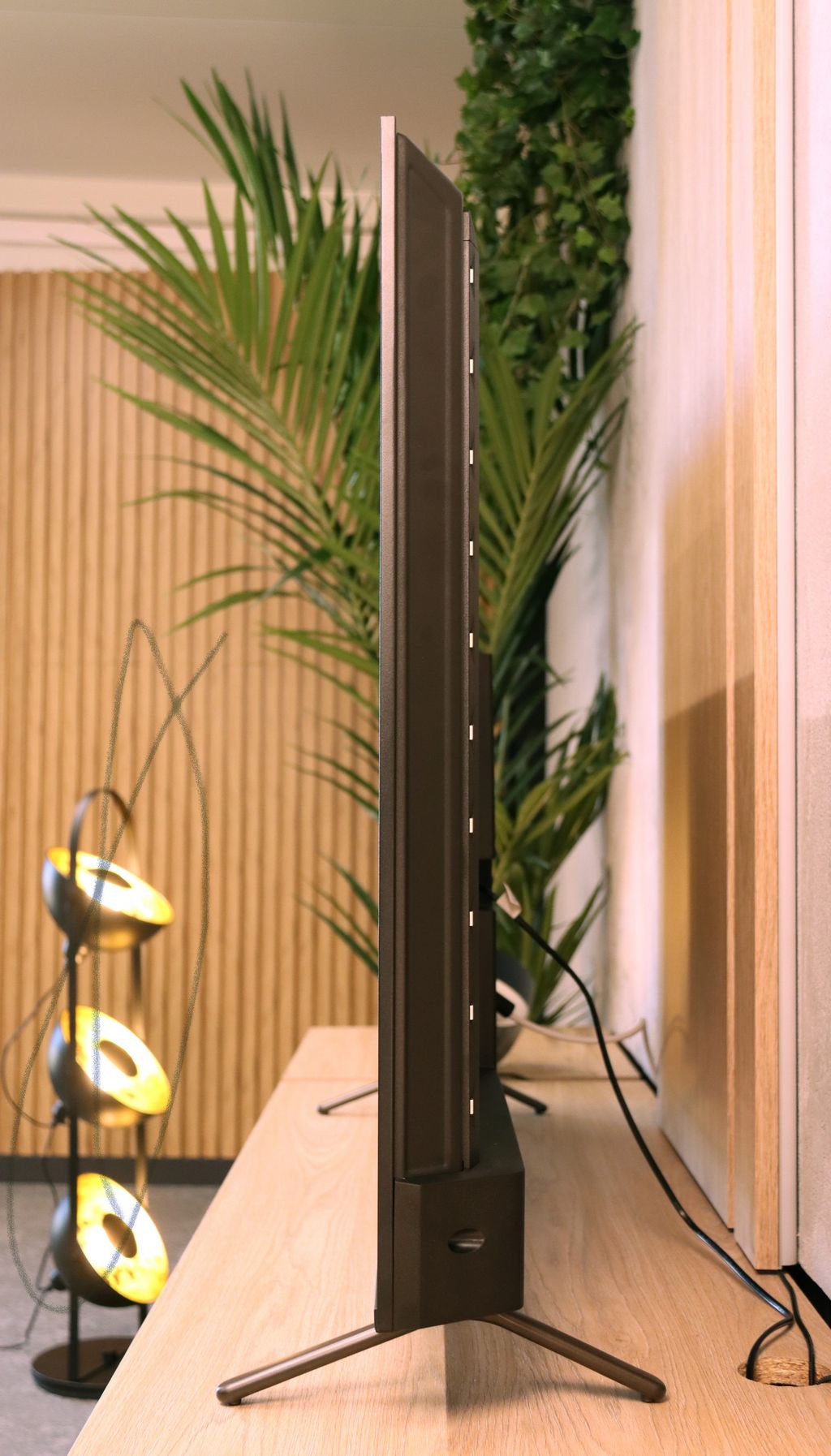
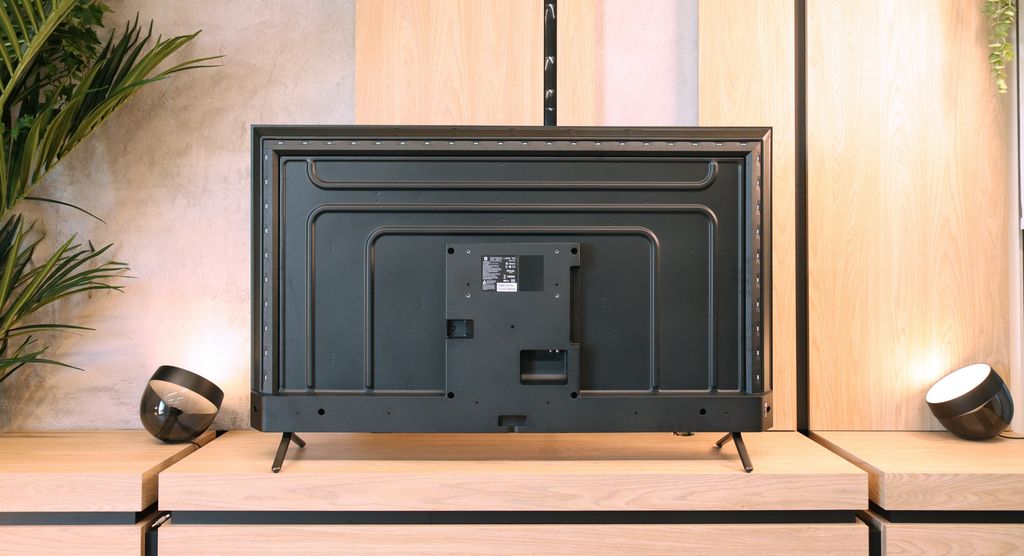
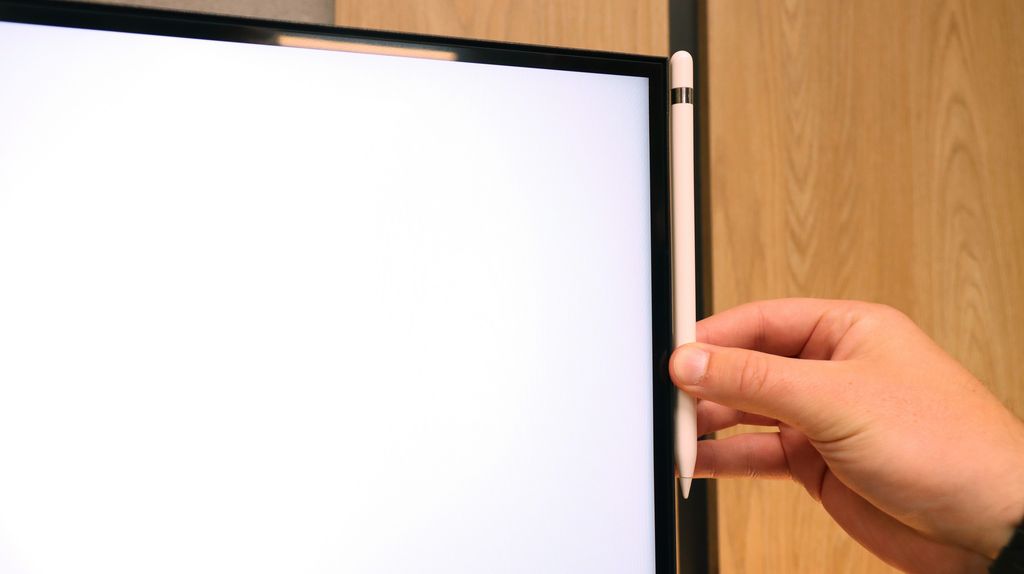
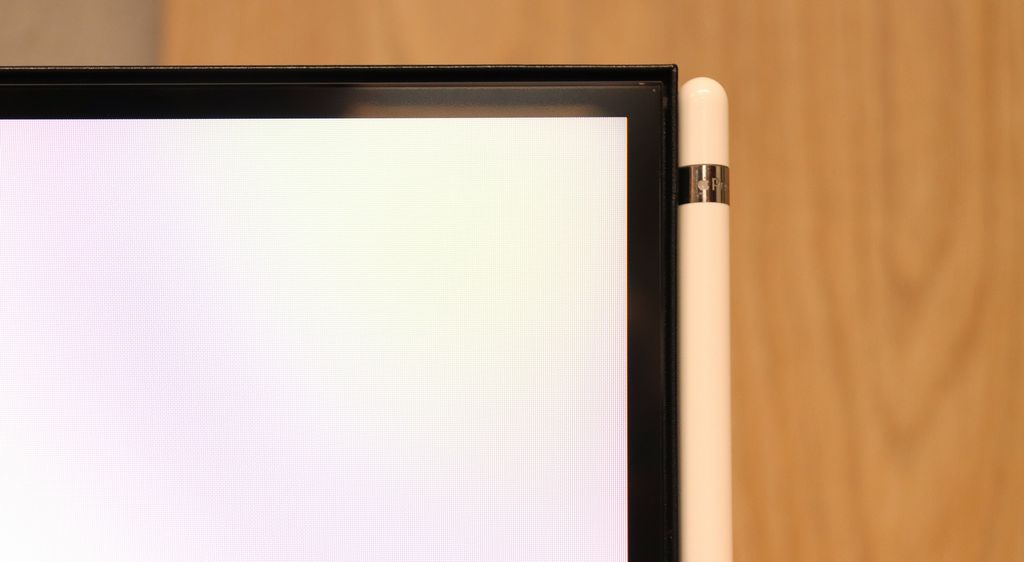

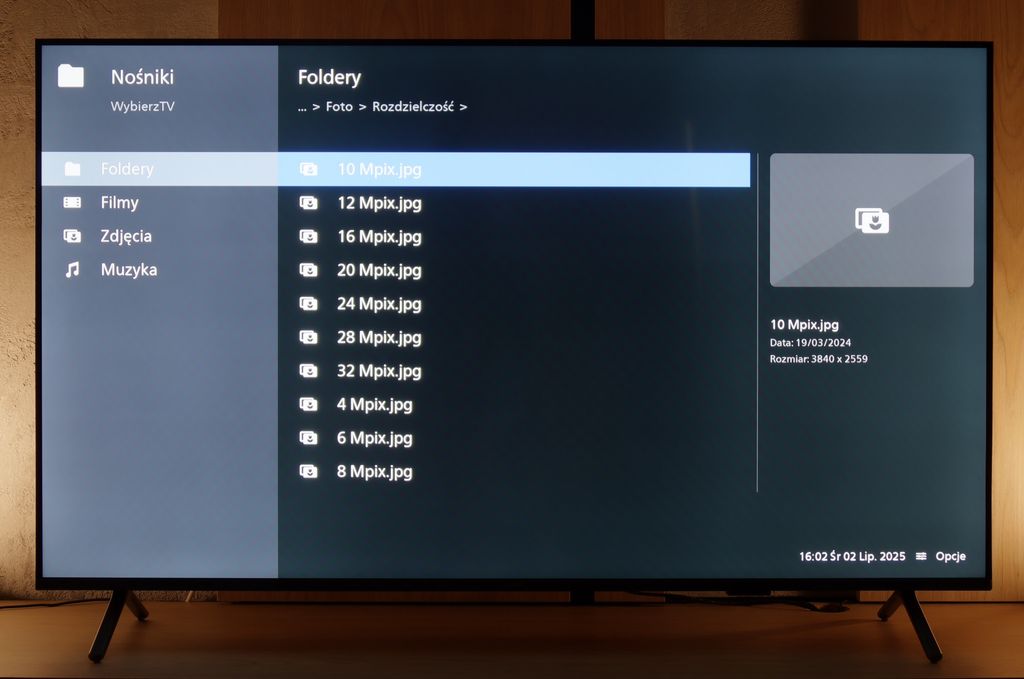
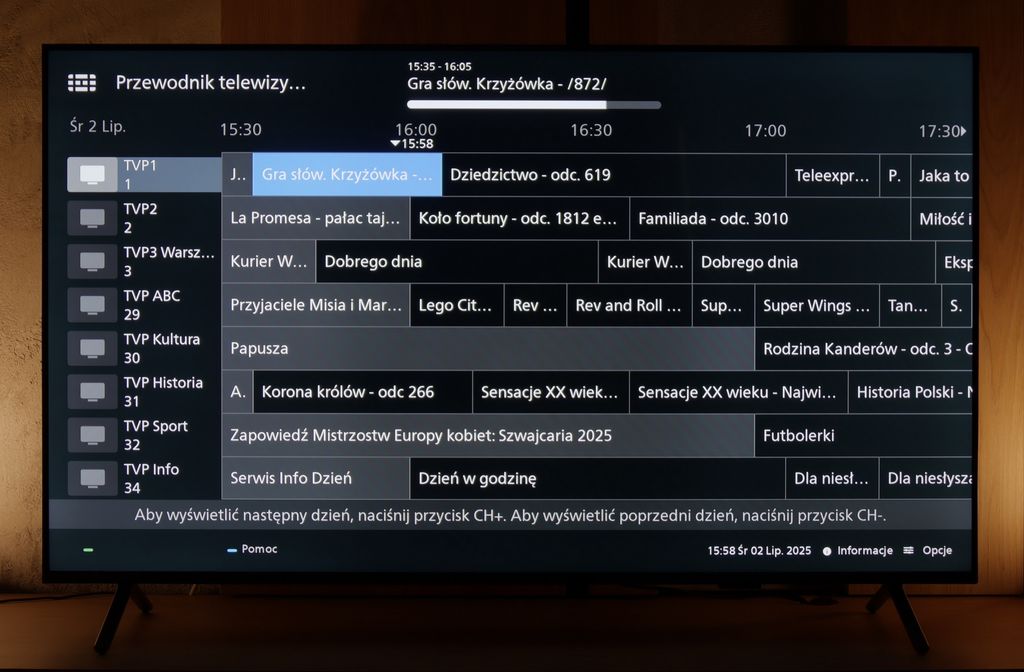
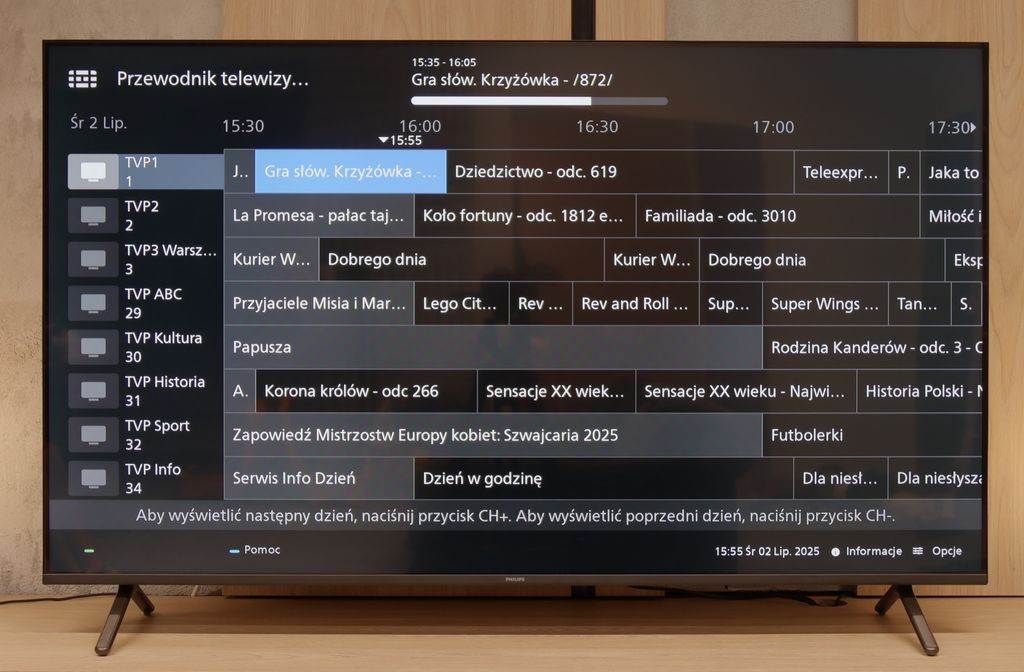
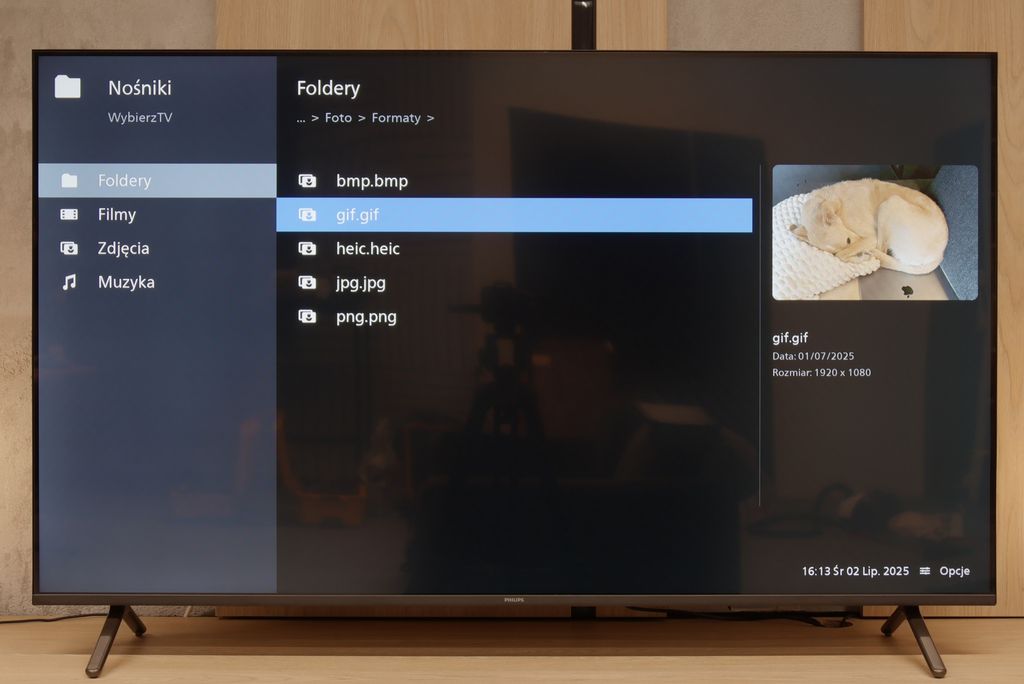
Contrast and black detail
5.8/10
6.1/10
Local dimming function: No
Local dimming function: No
Contrast:

Result
6,350:1

Result
5,750:1

Result
4,700:1

Result
4,950:1

Result
4,650:1

Result
6,000:1

Result
5,950:1

Result
6,250:1

Result
5,950:1

Result
5,750:1
Halo effect and black detail visibility:

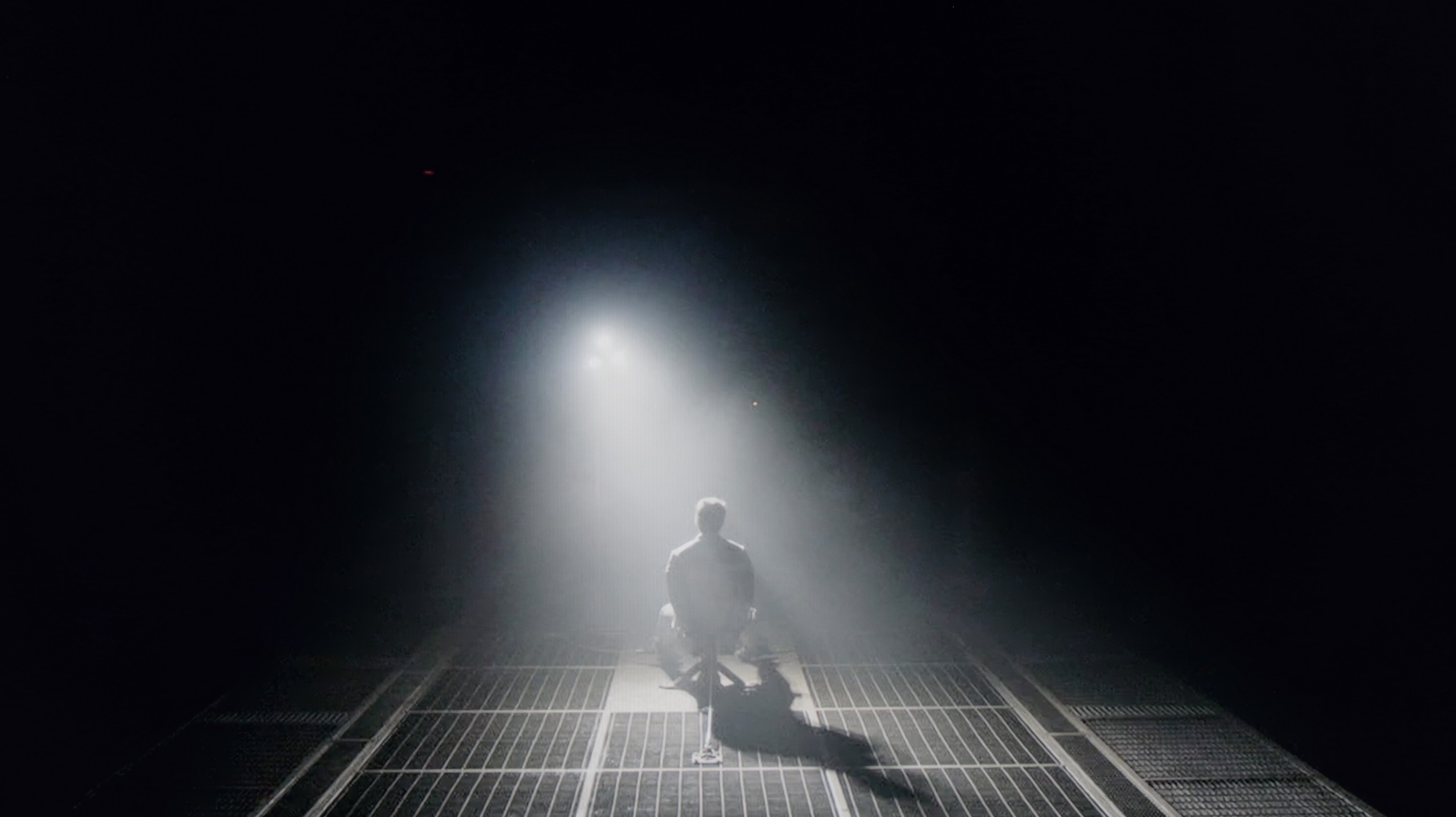
The C69B / C655 TCL TV is equipped with a VA panel, which differs from IPS panels, particularly in terms of contrast and black reproduction. VA panels are characterized by significantly higher contrast, meaning better black quality, especially in night scenes or in poorly lit rooms. Unlike IPS panels, where blacks often look more like shades of gray, VA better reproduces deep, dark colors. Unfortunately, the C69B is not equipped with local dimming technology (common in this price range), which affects the black quality in demanding scenes. During test sequences, such as a fragment from the movie "Sicario 2", it can be noticed that instead of absolute black, some elements of the image have a blue tint. Generally, the black is decent, but one has to reckon with the limitations of the television.
The Philips PUS8560 in the size we tested is equipped with a VA panel. As a result, the black levels – for an LCD television – can be considered decent. And that is exactly the case with this model. Both the blacks and the overall contrast impression in the film scenes we tested are quite good – the image does not wash out, and details are visible even in more difficult sections.
But the panel alone is not everything. Unfortunately, the PUS8500 is not equipped with local dimming (which is a given looking at the TV segment), so one has to reckon with the fact that with completely turned-off lights, the black can resemble more shades of navy than true black. On the other hand – and here’s a plus for Philips – the Ambilight system does a great job. The backlighting makes a real impact on contrast perception. Thanks to this, even if the black technically isn't perfect, the subjective viewing experience becomes much more enjoyable. For many people, that’s enough for an evening screening to be truly impressive.
HDR effect quality
4.8/10
4.8/10
Luminance measurements in HDR:

Result
283 nit

Result
322 nit

Result
346 nit

Result
322 nit

Result
355 nit

Result
273 nit

Result
300 nit

Result
324 nit

Result
343 nit

Result
334 nit
Scene from the movie “Pan” (about 2800 nits)

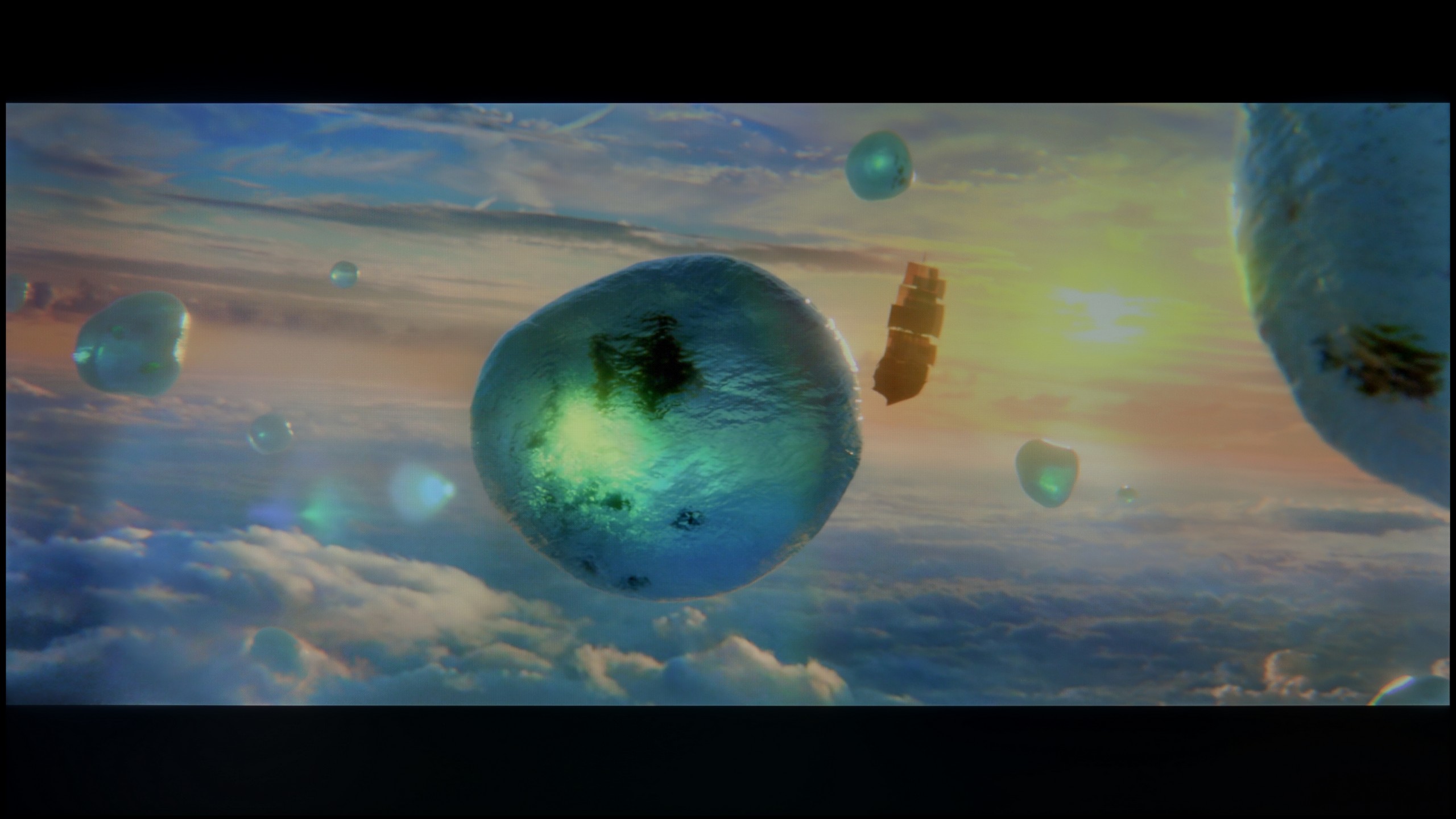
Scene from the movie “Billy Lynn” (about 1100 nits)

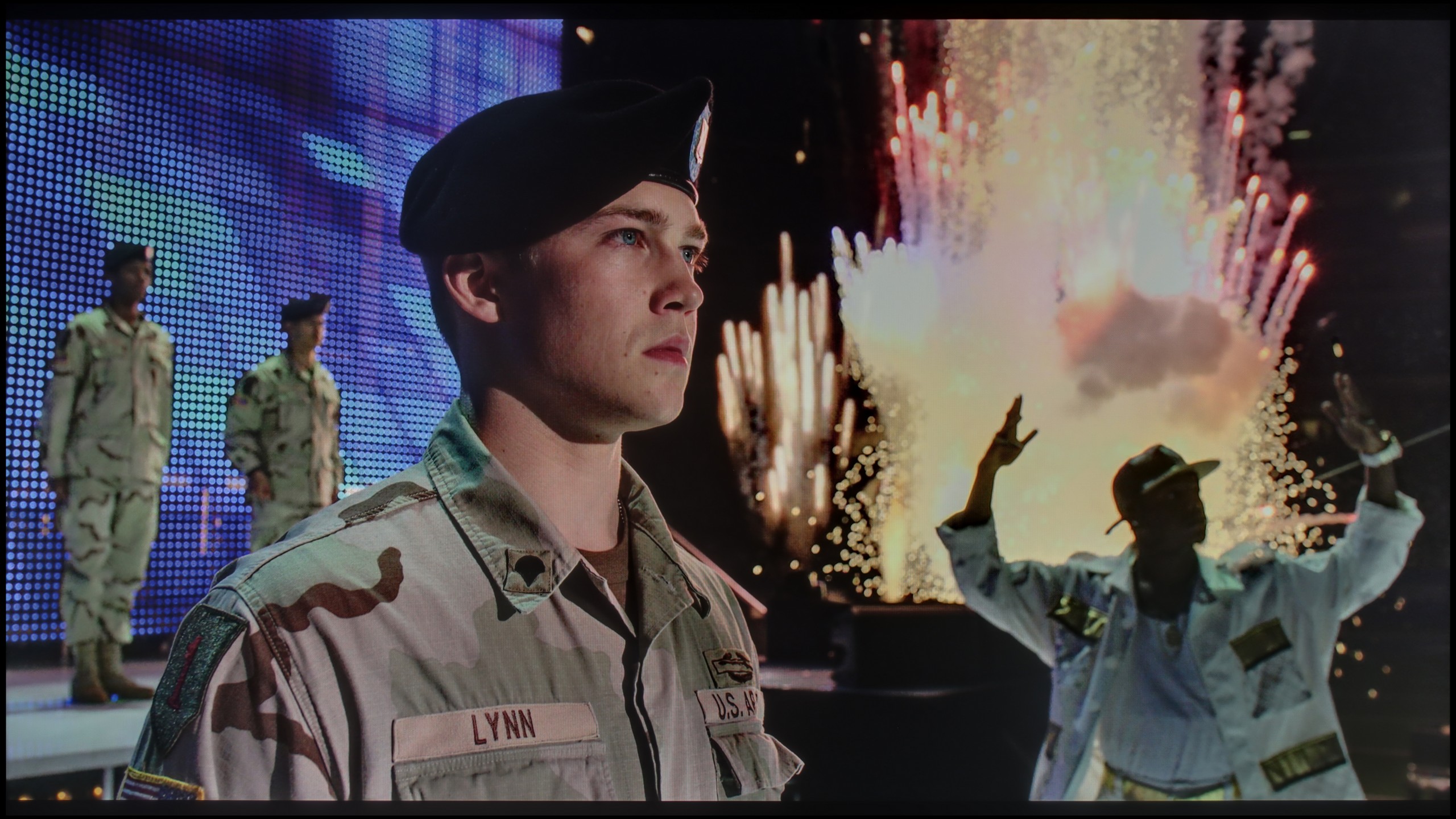
Static HDR10


Dynamic: Dolby Vision
Dynamic: HDR10+


HDR luminance chart:
Philips PUS8500
Luminancja HDR
Luminance of RGB colors
TCL C655 / C69B (43" - 50")
Luminancja HDR
Luminance of RGB colors
The quality of the HDR effect in the TCL C69B / C655 television is quite average. A brightness level of 350 nits, while not the worst, still does not allow for fully enjoying HDR effects, which require higher luminance to show their strength. Additionally, despite the use of a quantum dot coating (QLED), the television offers average coverage of the wide DCI-P3 color gamut at 91%, which may limit its richness of colors in HDR content.
When it comes to HDR performance on the PUS8560, one can confidently say that it is quite average. The brightness of the panel is around 350 nits, which we consider to be the absolute minimum for viewing content in this format. However, this is not a result that will impress viewers looking for the best possible image.
On the plus side, it is worth noting that the PUS8500 series – including the PUS8560/12 we tested – is marketed as a QLED television. And indeed, we can expect a wider color gamut here. This model is equipped with an additional filter (PFS), and the coverage of the DCI-P3 color space at around 90% should be sufficient for the majority of users. This filter works very similarly to quantum dots. As a result, the colors are quite well saturated. It’s not an outstanding result, but perfectly adequate for watching movies and series on streaming platforms.
Factory color reproduction
6/10
6.2/10


Factory Mode
After calibration

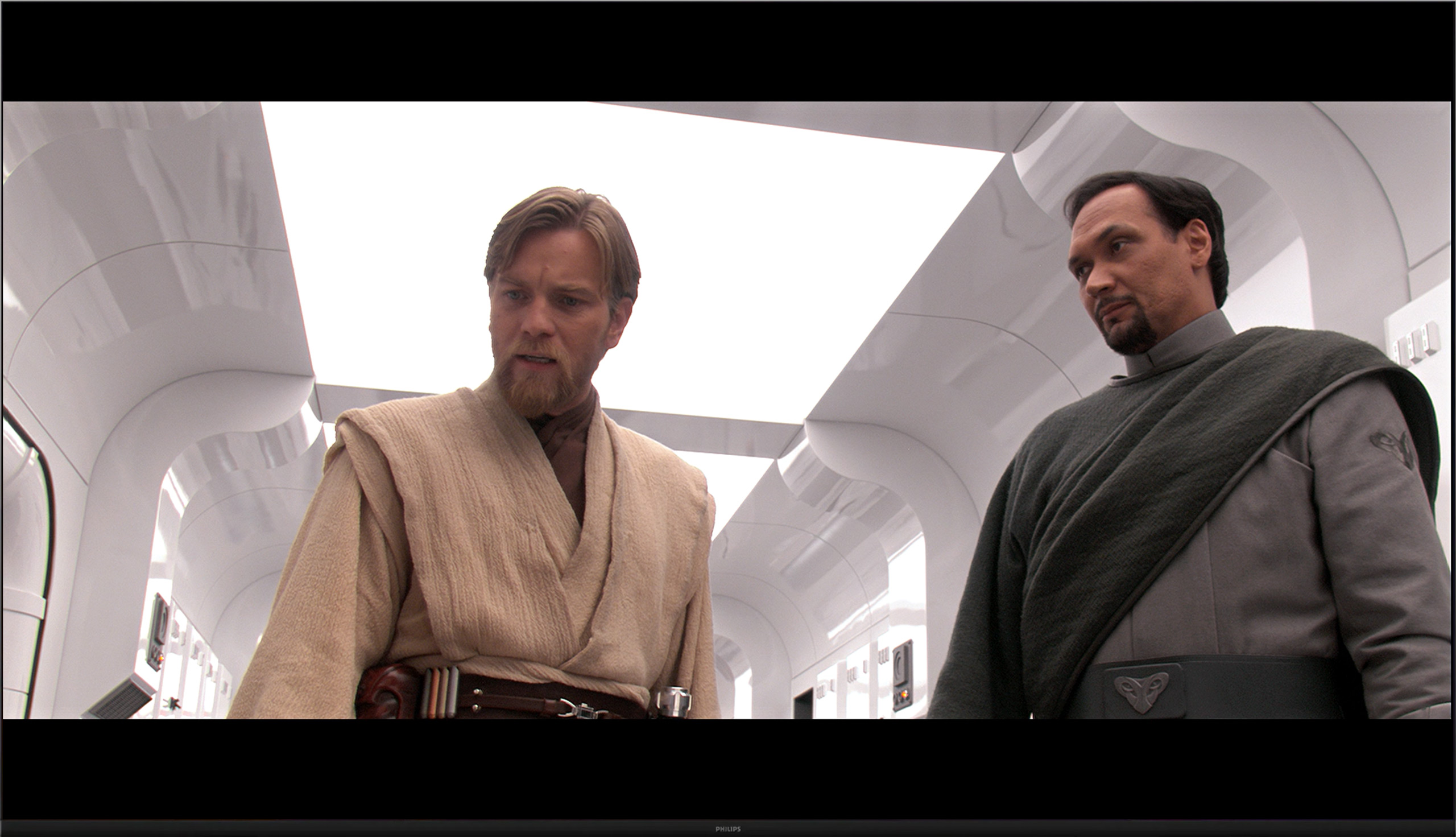
Factory Mode
After calibration
The television TCL C69B / C655 tested in movie mode unfortunately does not meet expectations regarding color accuracy. Although movie mode suggests better reproduction, it has little in common with film. There are quite a few errors visible, especially in white balance – both for HD and 4K HDR content – where the dominance of the blue color is very apparent. For the viewer, this means that the image becomes unnaturally cool, affecting the overall perception of colors and the visual impression. The color checker confirms these errors, showing that colors shift to cooler shades.
As for brightness characteristics and the associated contrast, gamma is very unstable for material, which can make the image slightly darker. The EOTF curve for 4K material shows some errors, with significant deviations at the end of the chart, negatively affecting the perception of darker areas of the image.
We tested the TV on the best available factory settings, which is in Film/Filmmaker mode – this is the mode we recommend for everyday viewing. Unfortunately, it is not without its flaws. Both in HD and HDR content, the image had a clear tendency to appear pinkish, caused by too much red and blue in the white balance. Another problem turned out to be excessive brightness of the image, which was confirmed by both the gamma chart and the EOTF curve. This characteristic was responsible for the loss of detail and washed-out colors in more challenging HDR scenes, as we mentioned earlier. Overall, this led to quite significant color reproduction errors – in extreme cases, the delta E value exceeded 7, while the threshold of visible errors for the human eye is about 3. This situation can be improved through calibration, and you can read about its effects below.
Color reproduction after calibration
8/10
8.4/10

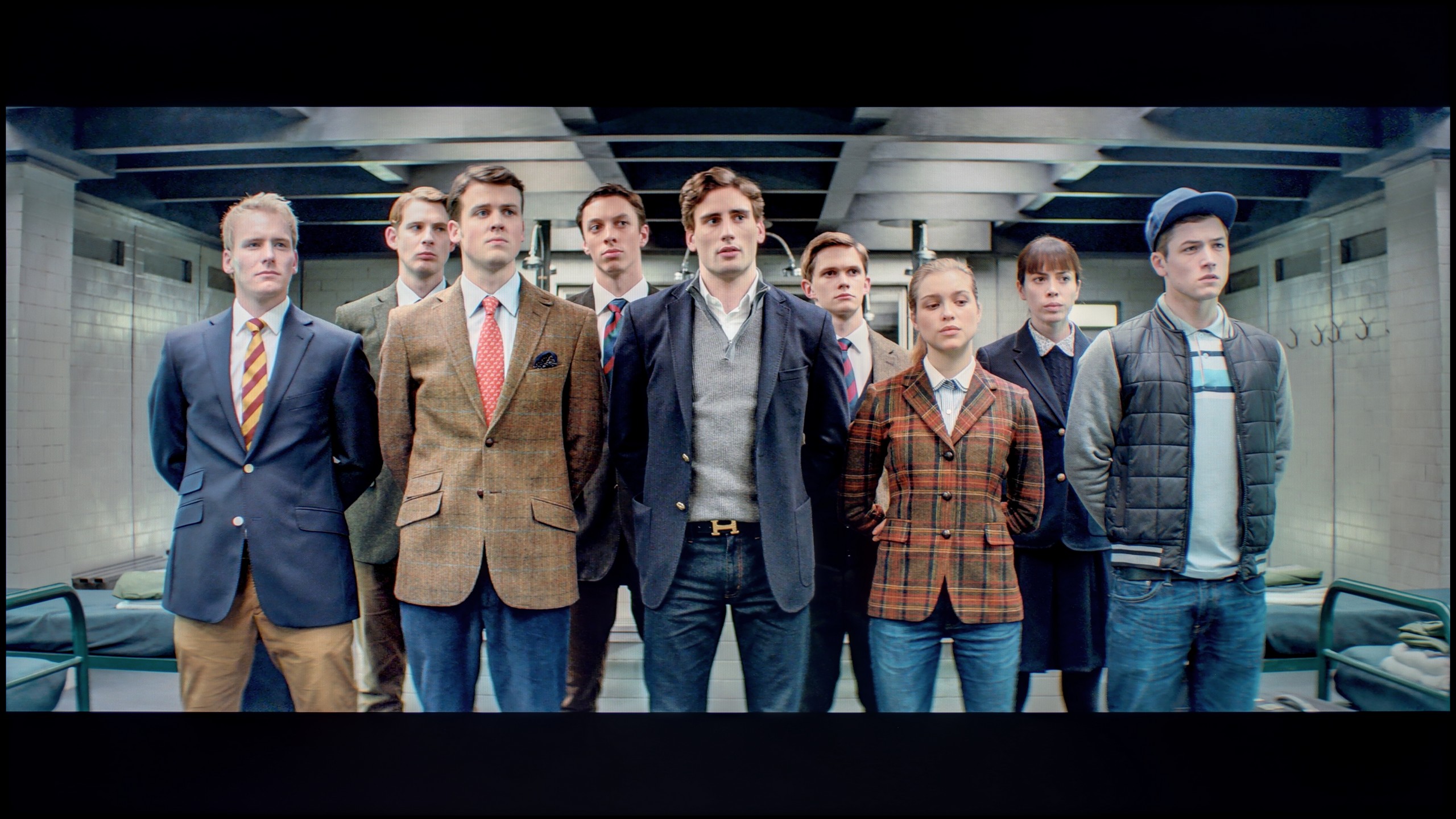


After calibration, the movie mode on the TCL C69B / C655 television improves in quality. The most significant improvement can be seen in tonal quality, and the white balance is much better – without major errors. We will no longer see an excessive dominance of cool tones. Gamma has also been improved, which translates to a more stable representation of brightness and contrast. However, due to the limitations of the television's average color palette, Colour Checker tests for 4K materials did not achieve remarkable results. Despite these technological limitations, the image has become more authentic, positively influencing the reception of film content.
The Dutch manufacturer offers quite a large dose of settings in their products, so as usual, we decided to dig a little into them. The effects are immediately visible – we managed to correct the white balance, which made the image stop appearing excessively pink. The brightness characteristics were also partially balanced, of course, within the limits that the television itself allows. The image is no longer overly vibrant, and the overall reception after calibration is definitely better than in the factory settings of the Filmmaker mode.
One could only criticize the characteristics of the EOTF curve, which still indicates that the image tends to lighten materials in HDR format. Despite our efforts, the darkest parts of scenes can still be too bright, and the brightest do not always reach their full contrast potential. However, it must be clearly stated that we are dealing with a typically budget construction – you cannot expect reference-quality reproduction of HDR content from it.
Calibration definitely helped this model – it improved the balance, toned down the aggressive color scheme, and brought the image closer to what one might expect from a well-configured movie mode. However, there are certain limitations that cannot be overlooked.
Smoothness of tonal transitions
4.5/10
6.3/10

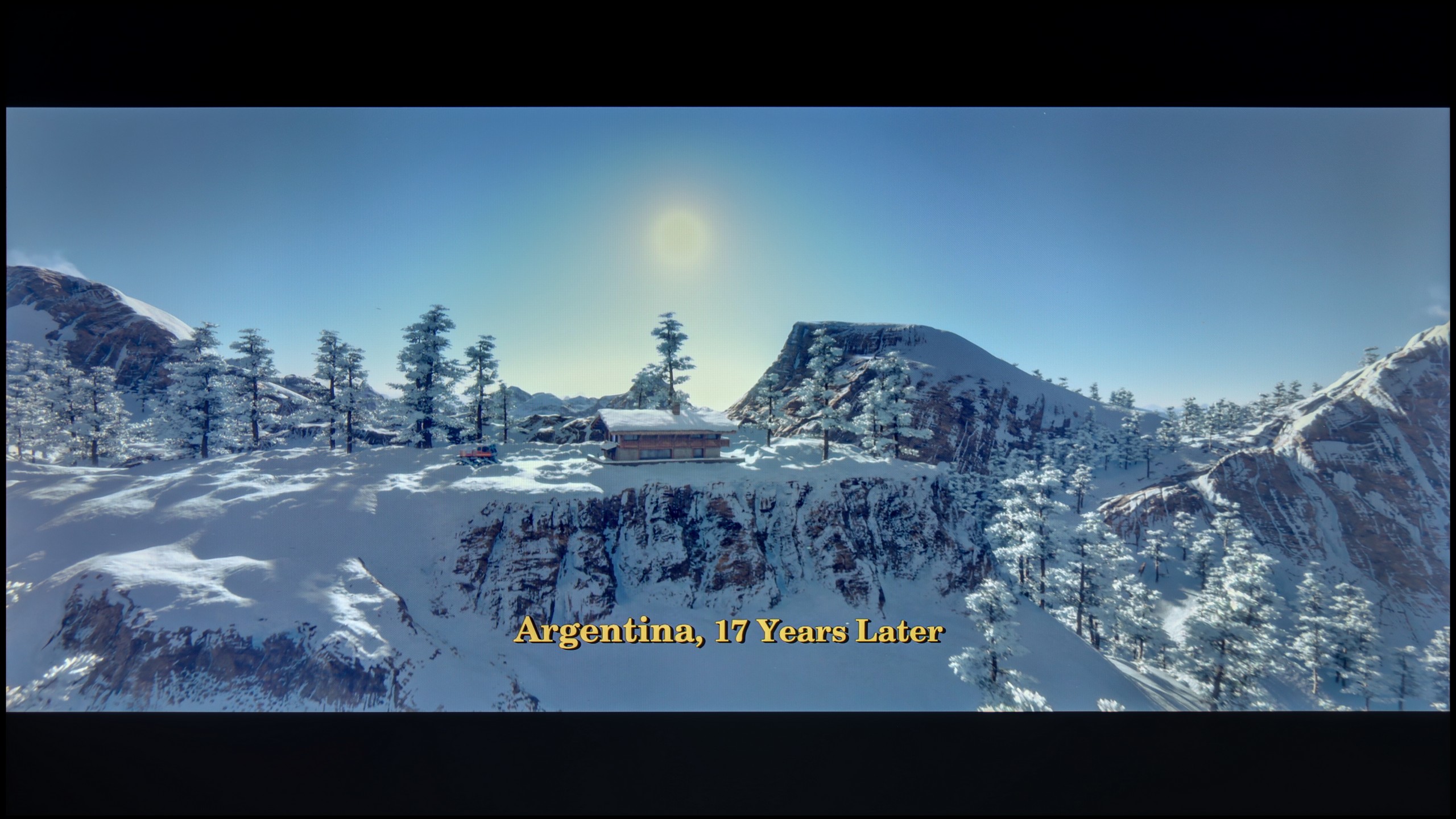

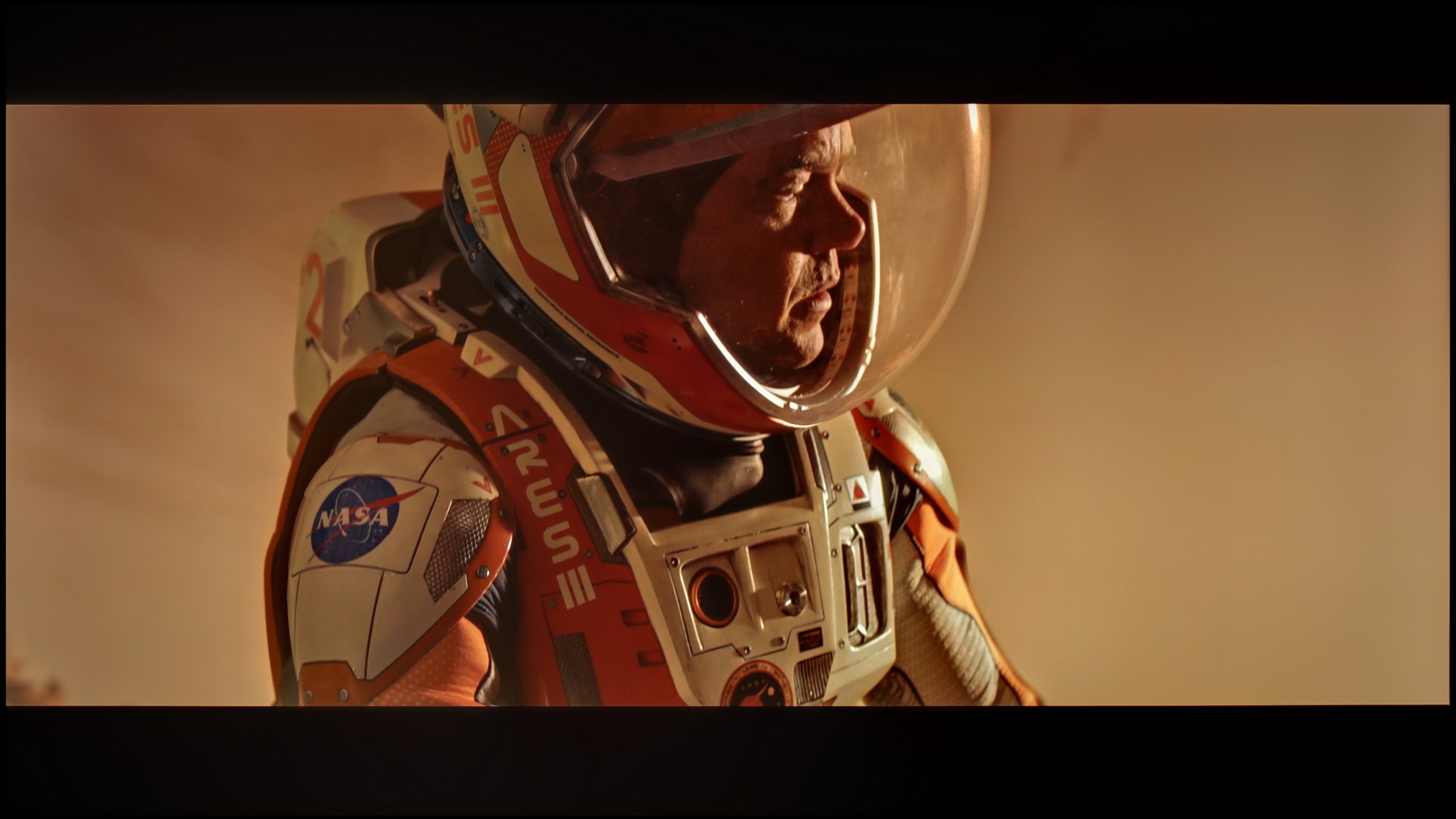

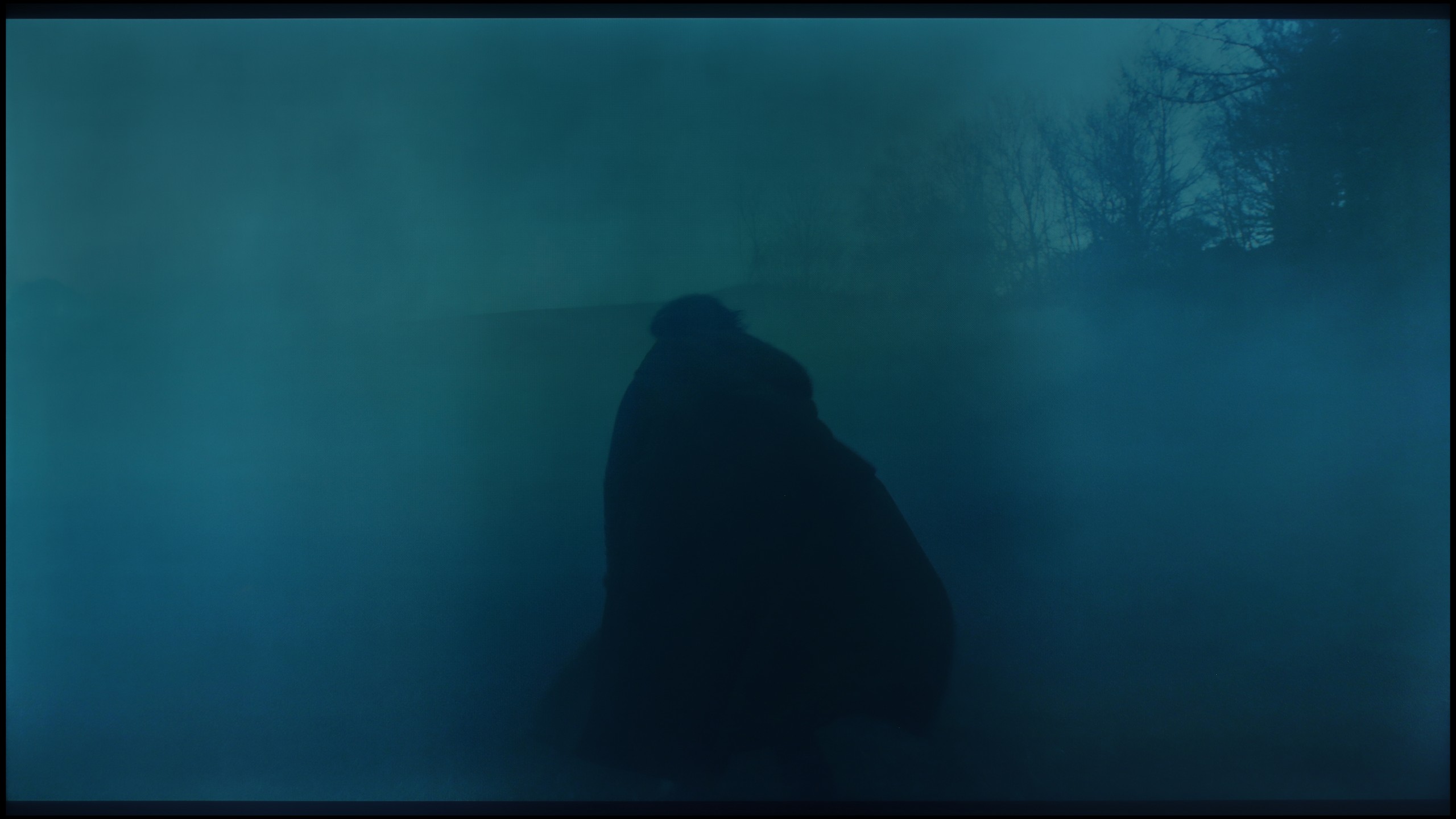

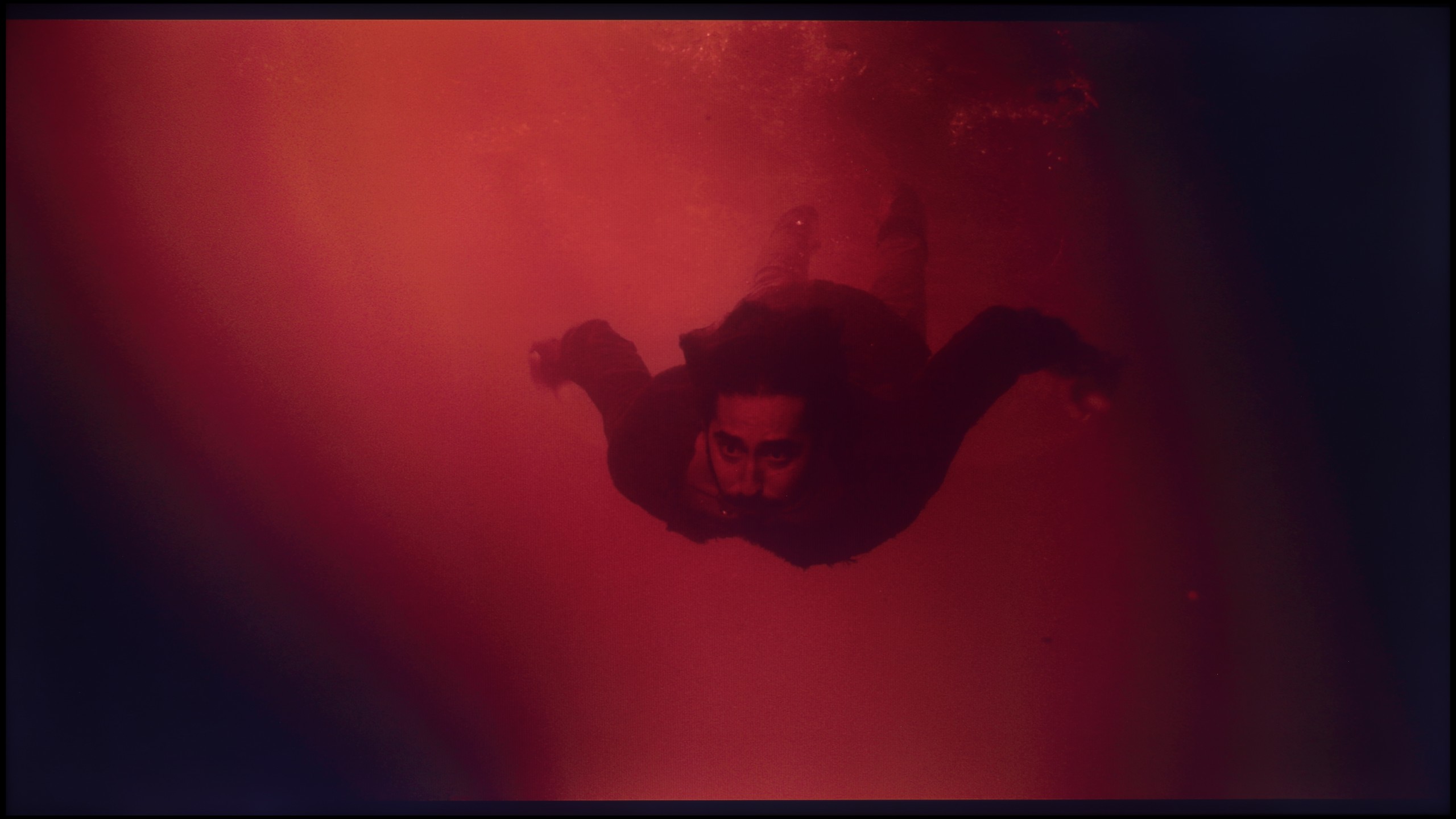




Transitional tones are really fine and would deserve a score of 9; however, the rating has been clearly lowered for another reason - the image is artificially sharpened despite the "sharpness" setting being at 0. And the overall view is unpleasant.
The PUS8560 handles color blending into smooth gradients very well. During testing, the image appeared cohesive and natural, with more serious issues with tonal transitions occurring only in very dark scenes – for example, in a shot with red water, where subtle cuts between colors could be seen. However, these are rather exceptions that do not spoil the reception of most content. It is worth mentioning another phenomenon that has a greater impact on image quality – the so-called dithering, or slight "sparkling" visible on solid backgrounds. This effect can be particularly noticeable in high-quality materials and may slightly detract from the impression of image clarity. It is for this flaw that we deducted some points in the rating.
Image scaling and smoothness of tonal transitions
5/10
6.1/10
Smooth transition function

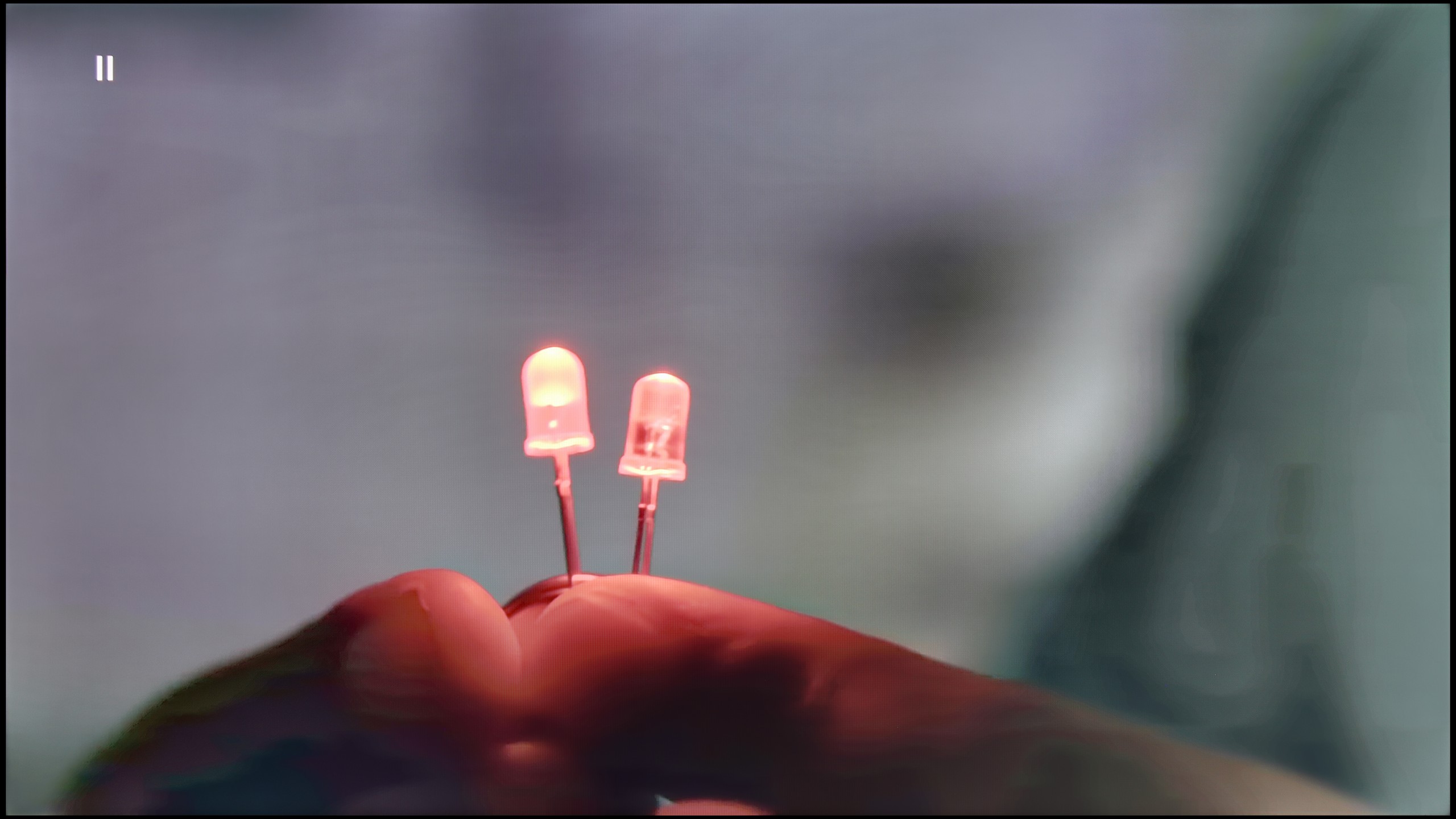
Image without overscan on the SD signal


The "Gradual Smoothing" function works very well on the TCL C69B television and, surprisingly, does not remove desired effects like film grain – unlike some solutions from other manufacturers. Unfortunately, the image scaling looks poor. The TV artificially sharpens the image, causing the edges of objects to be heavily jagged. This state of affairs may appeal to some users who prefer a more "hard" look of the image, but it is not an ideal solution for those who value naturalness and the smoothness of details.
Philips PUS8560 offers a feature that reduces posterization, hidden under the name "distortion reduction." And while it indeed serves its purpose by smoothing problematic tonal transitions, it operates a bit too broadly. In practice, it affects not only colorful gradients but also softens faces, clothing textures, and furniture surfaces. This decreases the authenticity of the image—especially in films where natural texture is of great importance. However, if someone is looking for smoothing at all costs, it's best to set this option to "Low." For cinema image enthusiasts—definitely not recommended.
On the plus side, the quality of upscaling older materials should be noted—the PUS8560 model handles them surprisingly well. The image maintains a natural softness without artificially enhanced sharpness. It is also worth mentioning that the television correctly displays very low-resolution content, avoiding problems with cropping the edges of the image (so-called overscan).
Blur and motion smoothness
4.4/10
4/10

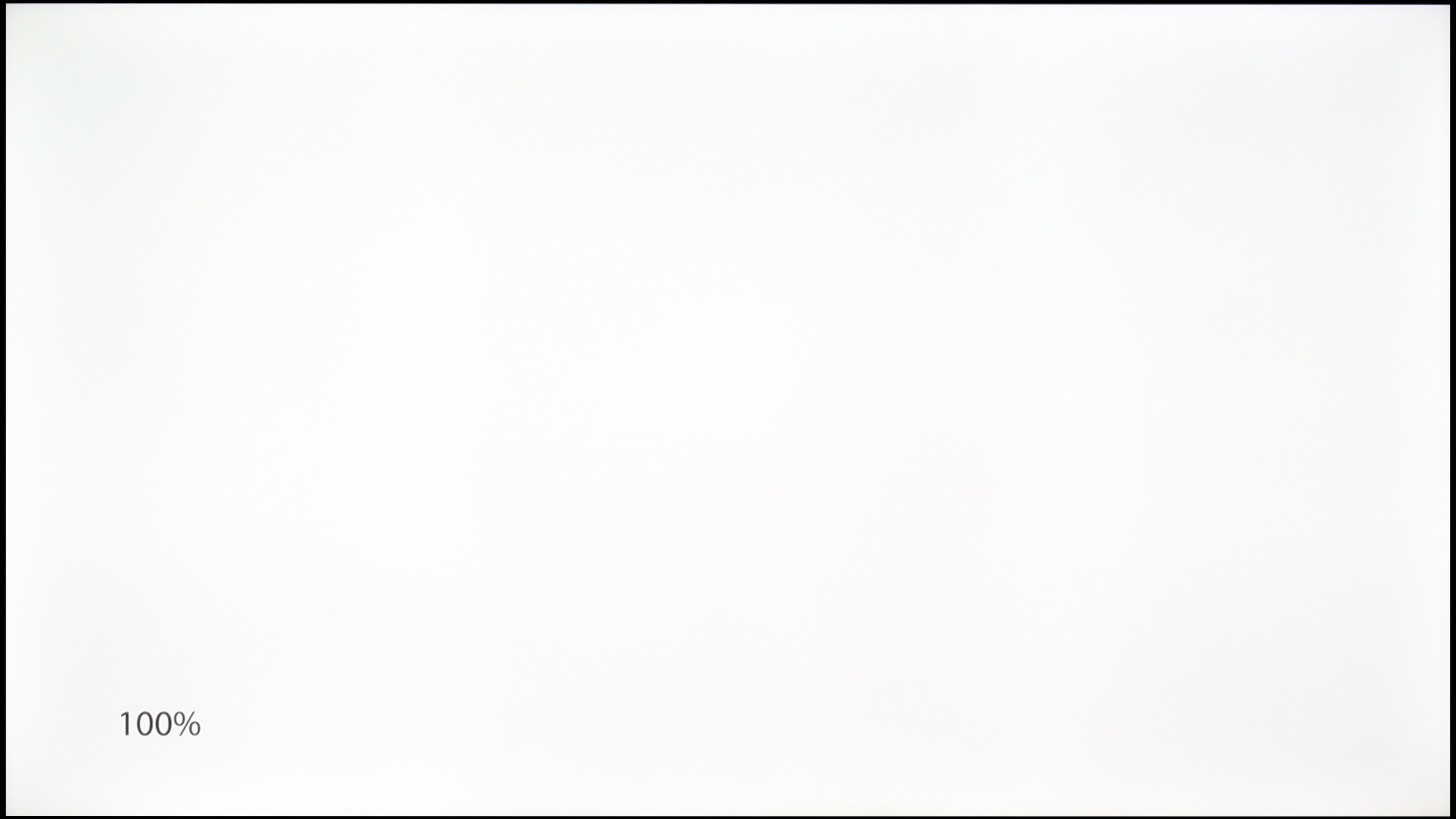
Blur (native resolution, maximum refresh rate):



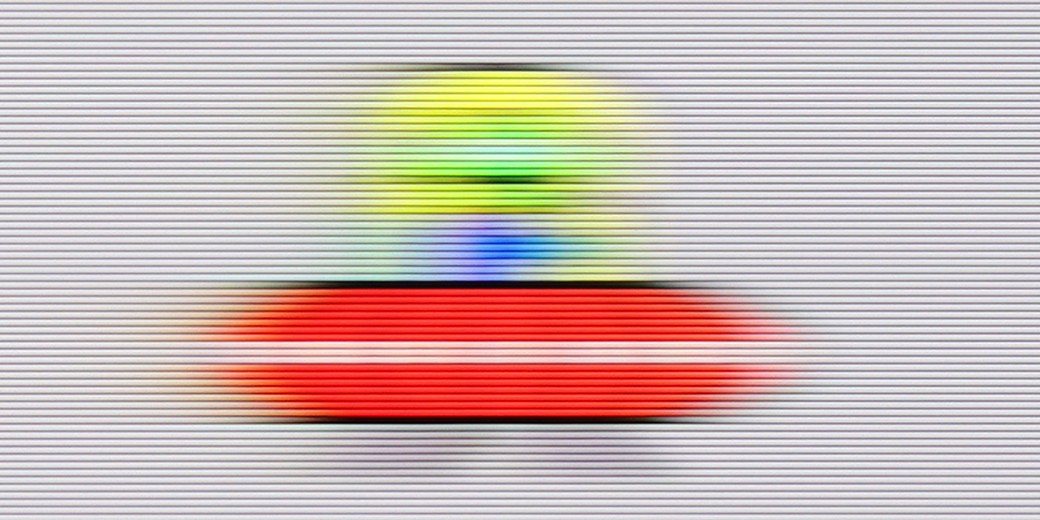
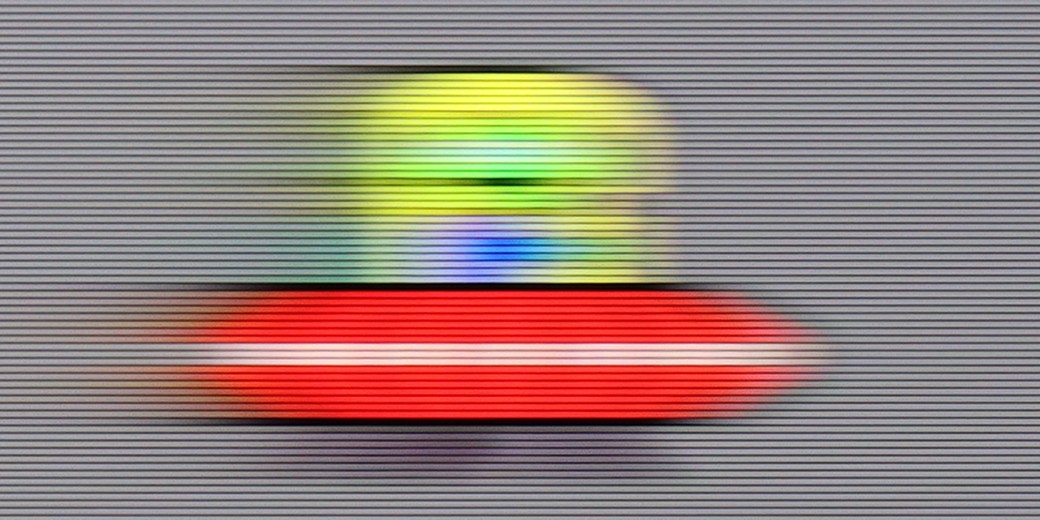
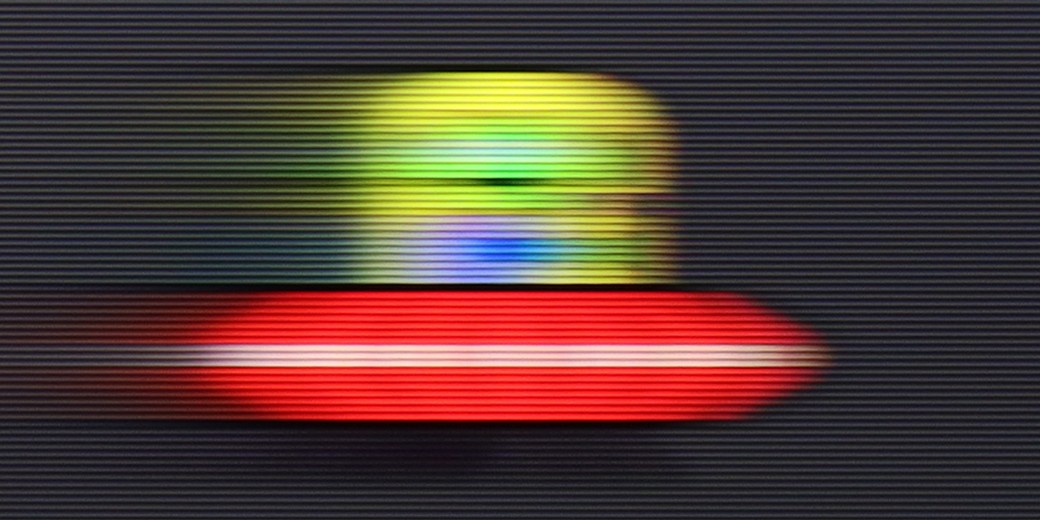
The TV TCL C69B / C655 in its smallest variants offers decent, although not perfect, results in terms of motion fluidity. In the case of movies, the TV has a "Flicker Reduction" function that allows for motion fluidity adjustment on a scale from 1 to 10. With this option, we can adjust the appearance of the image to cinematic or more theatrical preferences (with lower or higher speed).
The Philips PUS8560 is a television equipped with a 60 Hz refresh rate panel, which already limits its capabilities for displaying dynamic content. Watching sports or playing on a console is not one of the most enjoyable experiences. The situation is further worsened by the lack of any option to improve the smoothness of films. In the menu, we won't find settings that would allow for the activation of a motion smoother or even a slight motion smoothing in films recorded at 24 frames per second. You can imagine the effect. The picture may look jerky, especially in shots with panoramic camera movements.
Console compatibility and gaming features
5.3/10
4.7/10
- ALLM
- VRR
- VRR range48 - 60Hz48 - 60Hz
- Dolby Vision Game Mode
- Correct implementation of HGIG
- 1080p@120Hz
- 1440p@120Hz
- 4K@120Hz
- Game bar

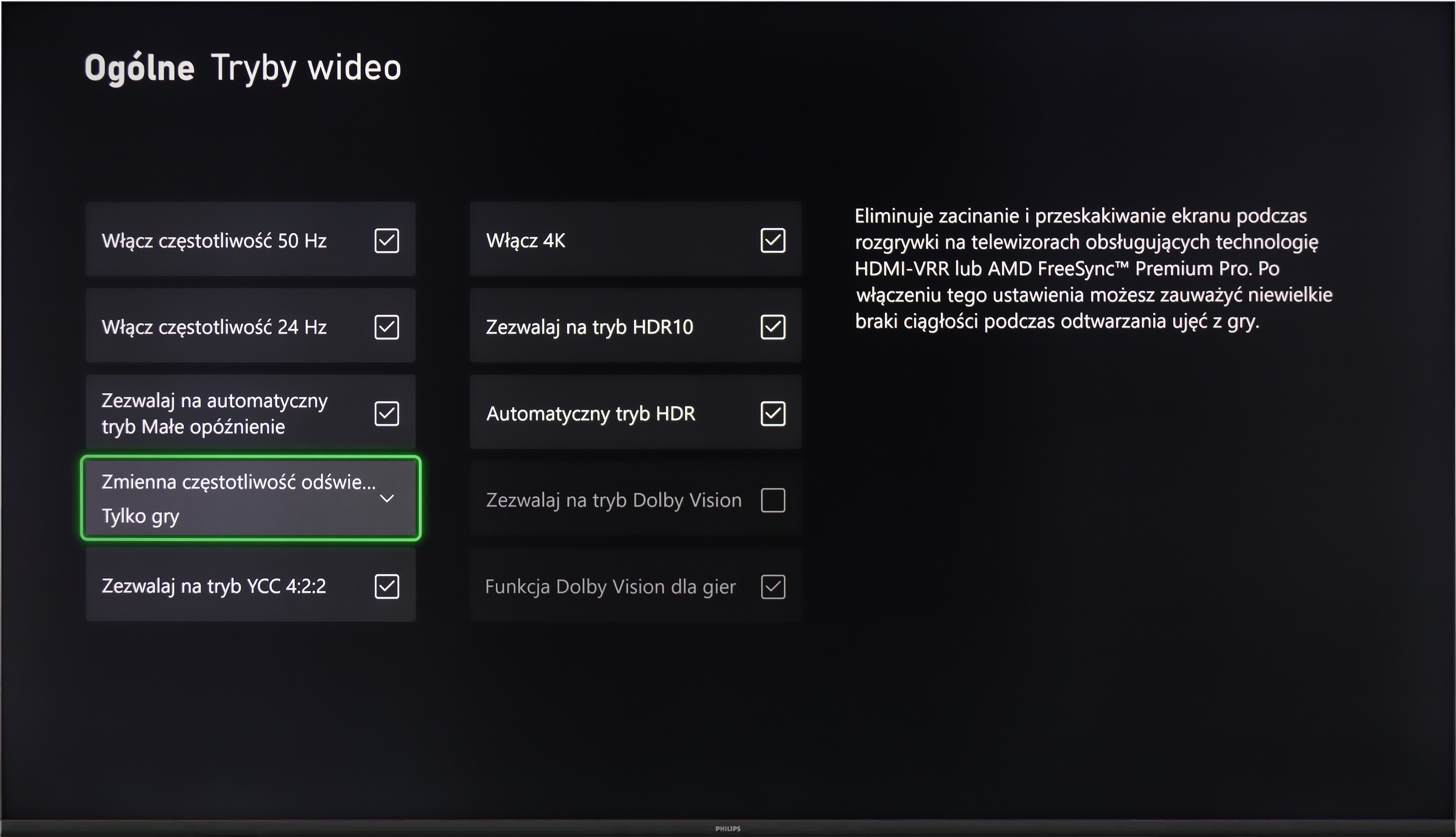

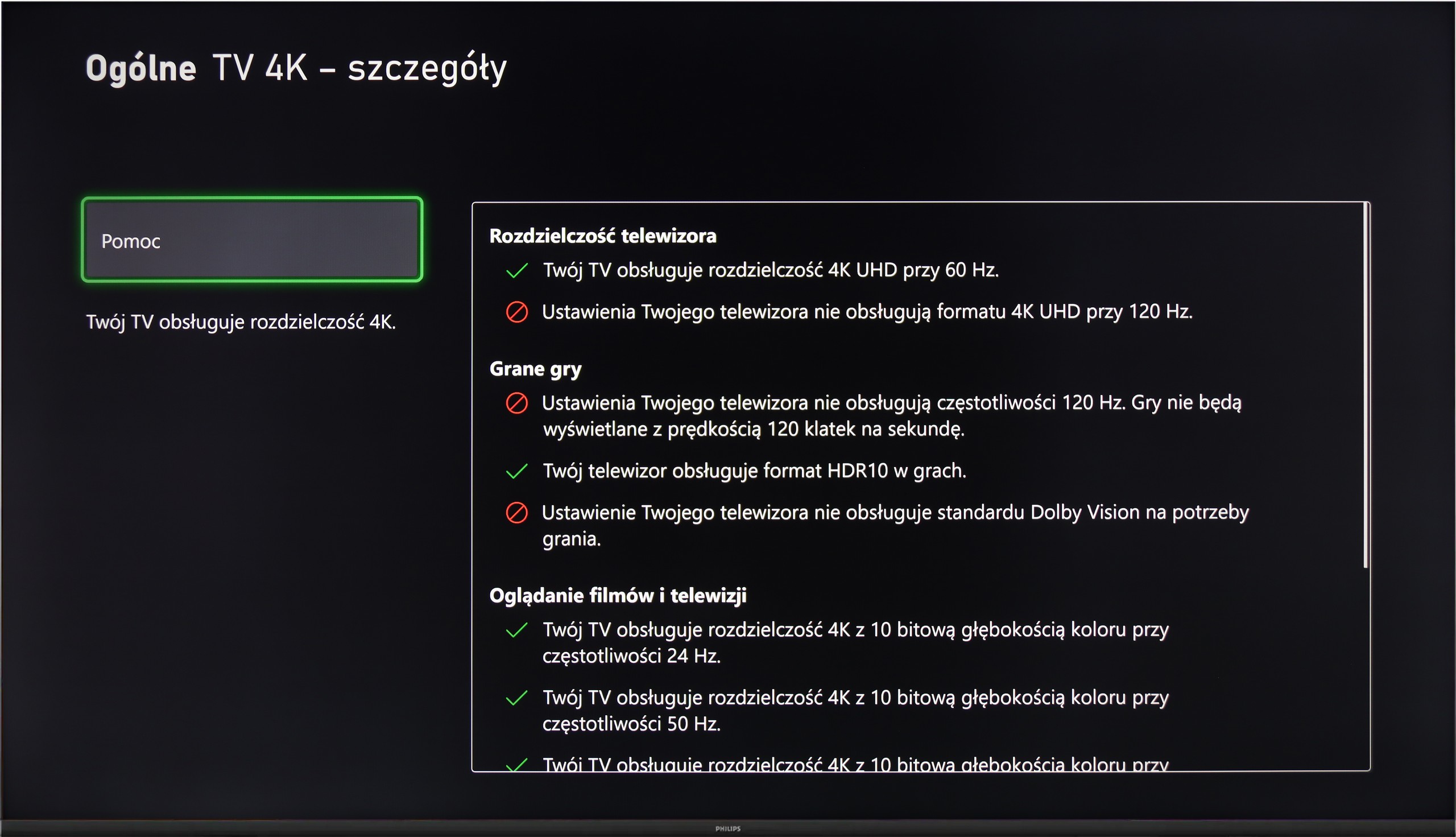

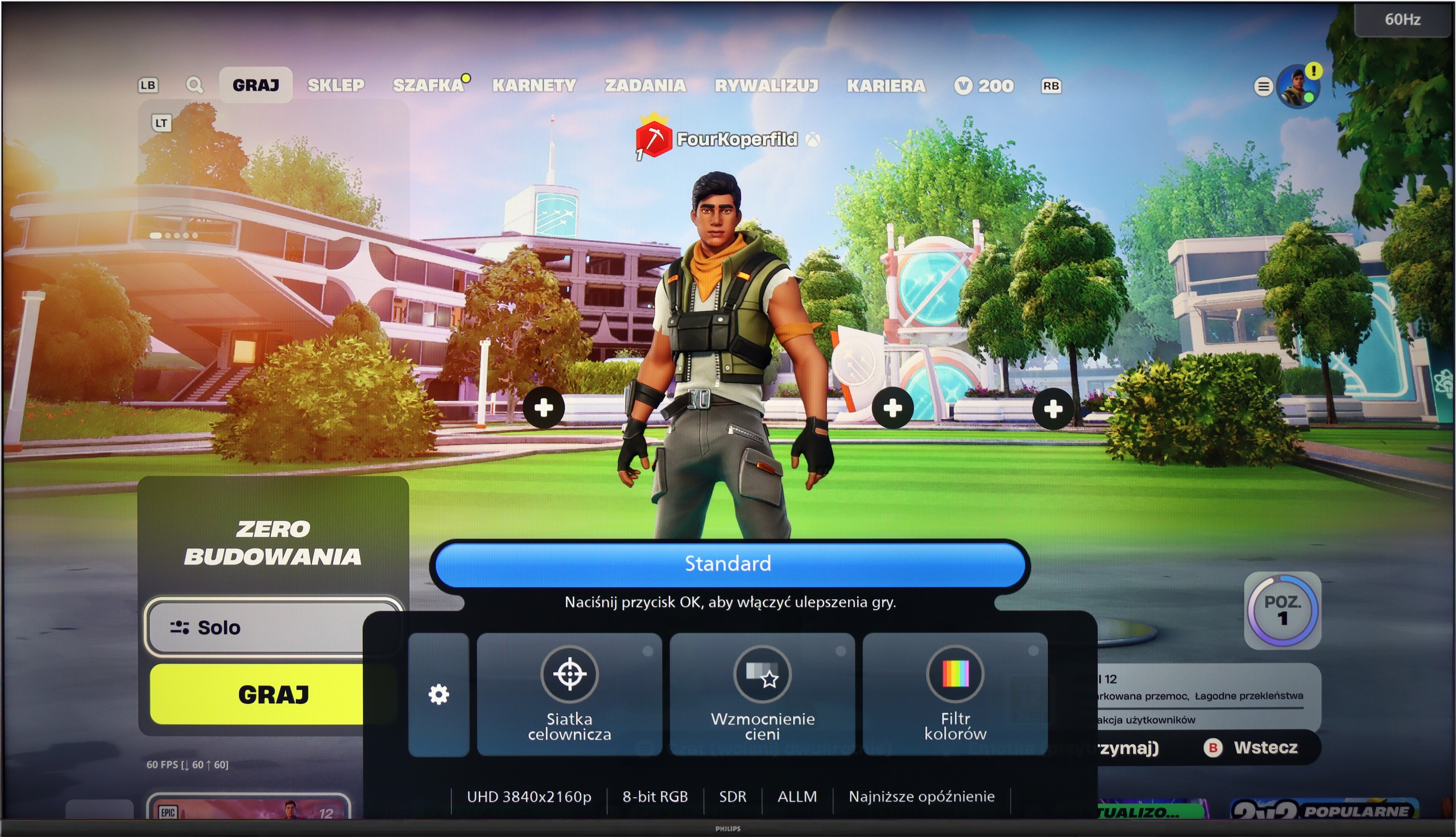

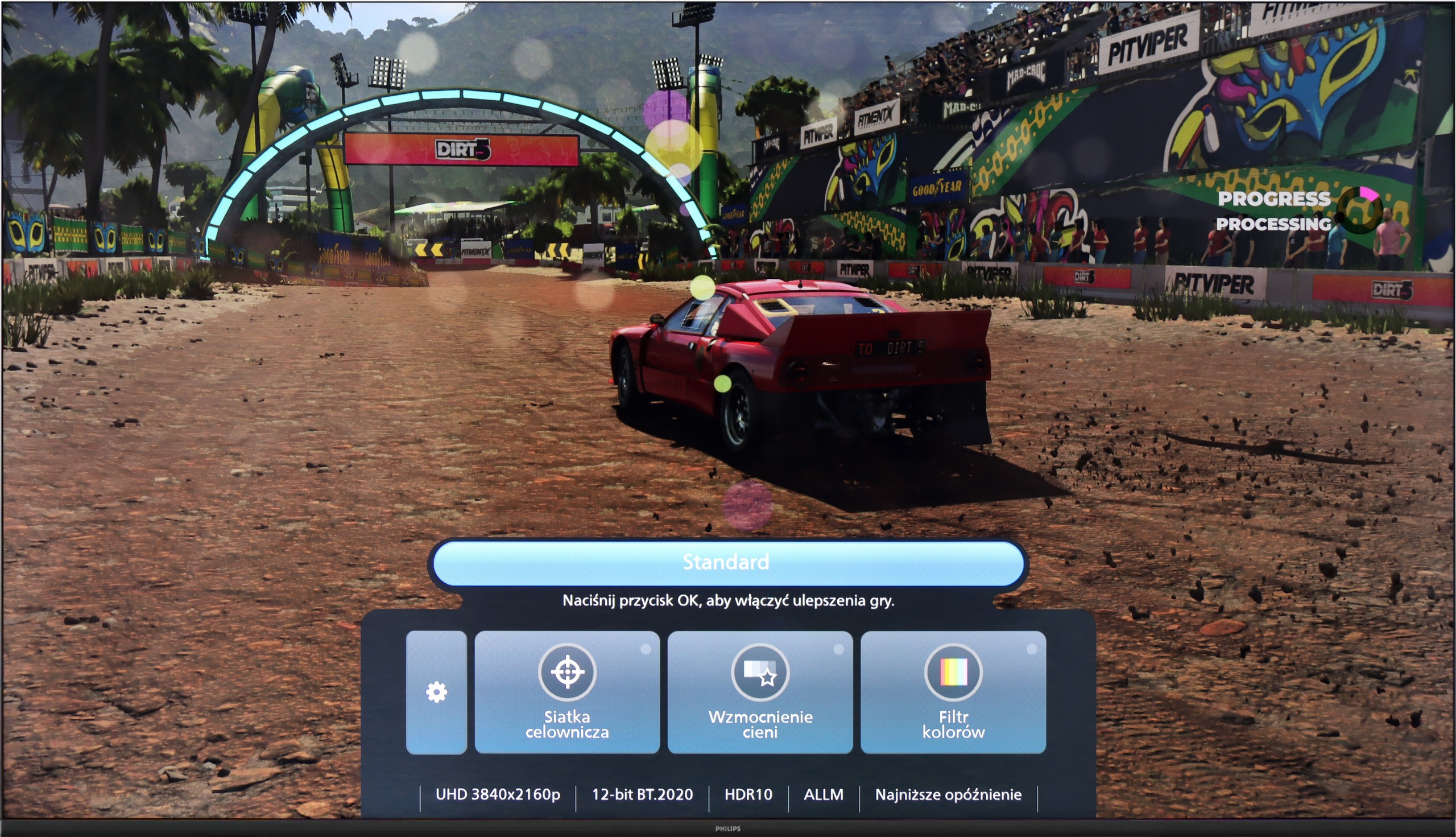
The TCL C69B / C655 television in its smallest variants offers a range of features dedicated to gamers, such as ALLM (Auto Low Latency Mode), VRR (Variable Refresh Rate), Dolby Vision for gamers, and Game Bar. ALLM automatically switches the television to low latency mode, improving responsiveness and minimizing delays in control. VRR allows for synchronization of the screen refresh rate with the number of frames generated by the console, eliminating tearing, resulting in smoother gameplay. Dolby Vision for gamers ensures better color and contrast representation in games that support this format, resulting in better image quality. Meanwhile, Game Bar provides quick access to game settings and allows monitoring of key parameters, such as input lag.
However, the television has certain limitations that may affect gaming comfort. The 60 Hz panel does not allow for displaying signals with a higher refresh rate, which may impact image smoothness in dynamic games. The lack of support for G-Sync technology for PCs may also be noticeable when gaming on a computer, especially with demanding, fast-paced titles.
Although the Philips PUS8560 is not designed specifically for gamers, the manufacturer decided to equip it with several features that may prove useful when connecting a console. It includes automatic switching to game mode (ALLM), as well as a simple connection status information bar – the so-called Game Bar. While it does not make a particularly strong visual impression, it serves its purpose. The presence of variable refresh rate (VRR), operating in the range of 48 to 60 Hz, might come as a surprise. While this is not a wide range, in the case of less demanding games or titles with unstable fluidity, VRR can help reduce the stuttering effect. However, this is the only element that can be considered above the minimum.
It should be clearly stated that the PUS8560 is not hardware for gamers looking for a responsive screen and full support for modern console features. It lacks HDMI 2.1 ports, the refresh rate is limited to 60 Hz, and the panel's response time is not among the fastest. This model may be suitable at most for casual gamers who want to enjoy the Ambilight system.
Input lag
10/10
10/10
SDR
HDR
Dolby Vision
TCL C69B / C655 offers exceptionally low input lag, which is a huge advantage for gamers. Regardless of the mode – whether it's SDR, HDR, or Dolby Vision – the television achieves impressive results. In every resolution, the input lag is only a few milliseconds, deserving great recognition. As a result, the C69B provides amazing responsiveness and excellent gaming experiences, with no noticeable delays, which translates to smoother and more satisfying gameplay.
The input lag on the PUS8560 is very good. When we previously wrote that this screen is more for "casual gamers," there's no shame in this regard – even compared to screens aimed at gamers. Results around 12 ms are truly exceptional, allowing for enjoyable responsive gameplay. It doesn't matter if we are playing in Full HD or 4K – the lag remains just as low, so if you care about quick reaction times, the PUS8560 will definitely not disappoint in this aspect.
Compatibility with PC
5/10
5.6/10

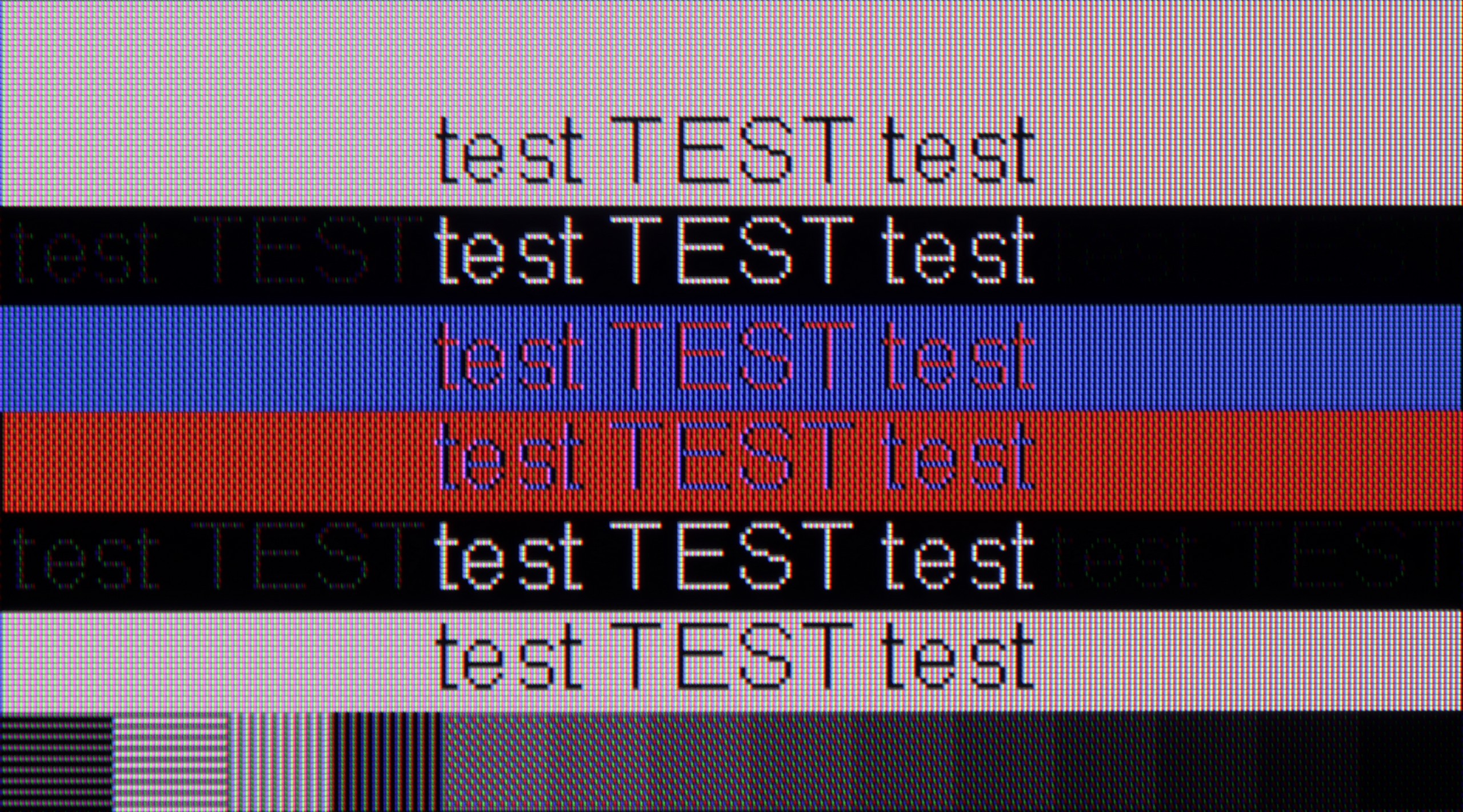
The TCL C69B / C655 TV performs fairly well when used with a computer. Thanks to support for chroma 4:4:4, the readability of fonts is fine, significantly improving work comfort, especially when using the TV as a monitor. However, there is a certain note regarding font readability – the TV has issues displaying black and gray fonts, which sometimes have gaps in the vertical lines, which can affect user comfort in some situations. Low input lag ensures responsive performance, which is important both when using office applications and gaming. However, the 60 Hz panel and lack of G-Sync do not meet the demands of gamers using a computer, resulting in a lower rating for gaming.
When it comes to working with a PC on the PUS8560, it looks... quite strange. Chroma 4:4:4 is present in "Monitor" mode, but there is a problem with gray fonts – not all subpixels light up, which makes the text appear pixelated. On the other hand, in "Game" mode, chroma 4:4:4 disappears, but the gray fonts look correct. In practice, we are therefore forced to juggle settings if we want to have perfectly readable text all the time. And what about gaming on the computer? Our opinion remains the same as regarding consoles – it's doable, but without any fireworks. There is no variable refresh rate for G-SYNC graphics cards, and the refresh rate itself remains relatively low. On the plus side, we can again highlight the very low input lag, which saves the day in fast-paced games.
Viewing angles
2.9/10
3.3/10
The viewing angles on the C69B TCL television leave much to be desired. The VA panel used provides excellent contrast and deep blacks, but this comes at the cost of wide viewing angles. Compared to IPS panels, which offer better visibility from different angles, the C69B loses image quality when viewed from the side. Colors become washed out, and contrast deteriorates significantly. This is a typical compromise for VA panels – a trade-off. If you prioritize great contrast and deep blacks, a VA panel will be a good choice, but you must consider the limitations regarding viewing angles.
The viewing angles on the PUS8560 are exactly what you would expect from a VA panel - they don't perform the best. The image loses quality even with a slight shift off-axis – colors become washed out, and the black starts to resemble a dark navy. This is, of course, the price paid for the better contrast that VA offers directly. In the case of our 55-inch unit, it is still acceptable, especially if the TV is perfectly positioned in front of the couch. But with larger screen sizes or a less central placement in the living room – it could be a problem for comfortable viewing.
TV efficiency during daytime
4.7/10
4.9/10

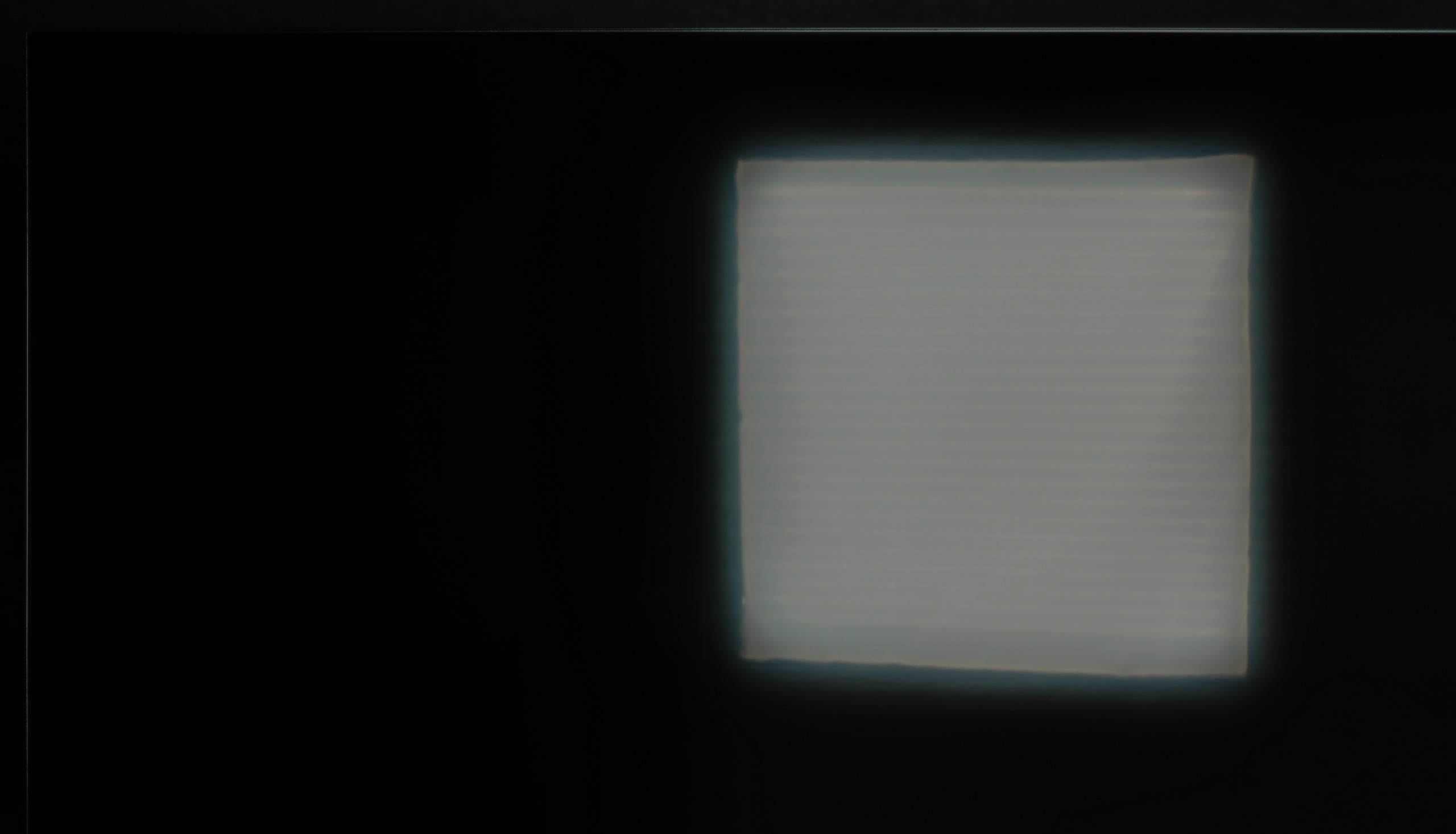

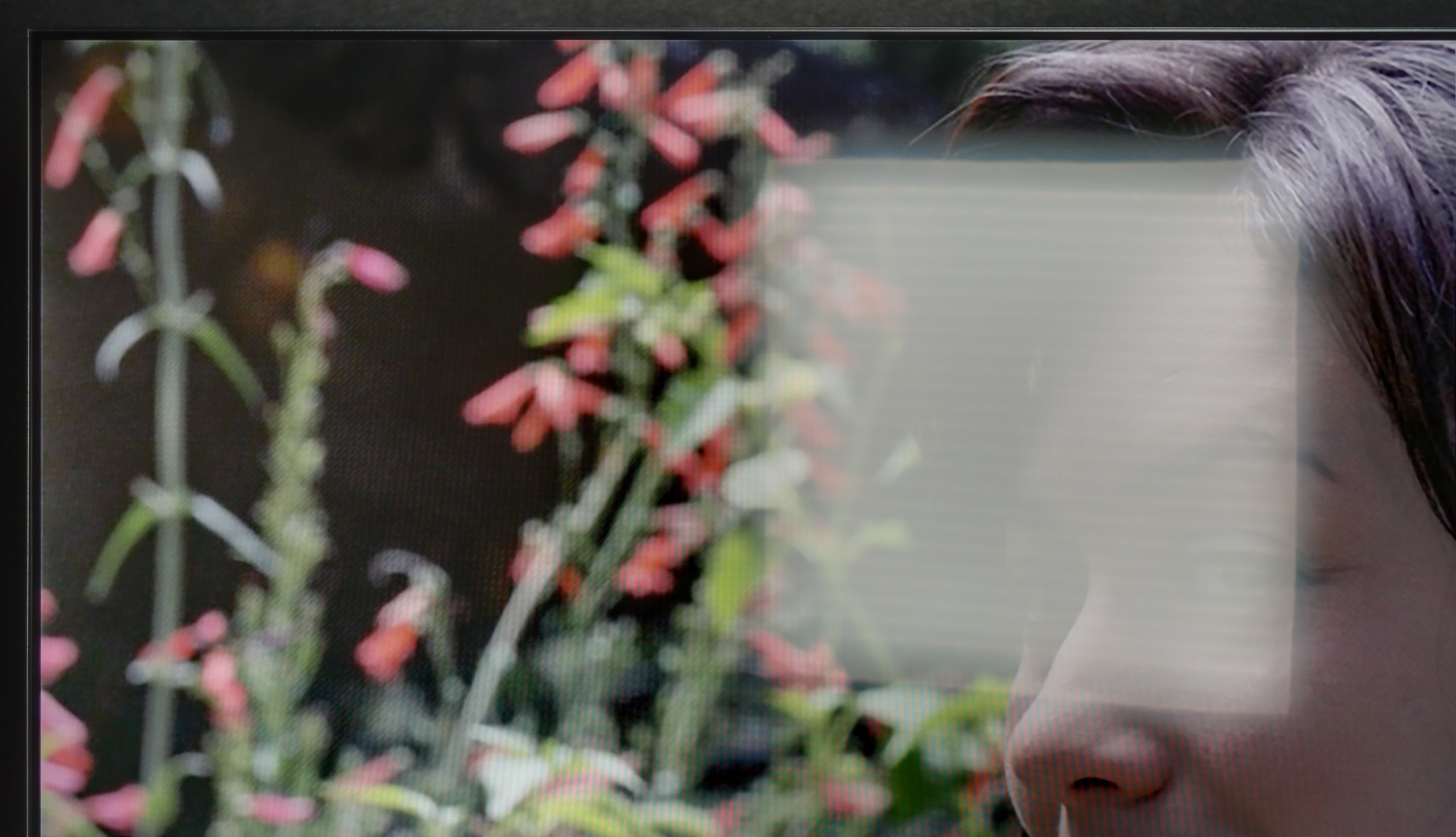
Matrix brightness
Average luminance SDR
Philips PUS8500 : 331 cd/m2
TCL C655 / C69B (43" - 50"): 346 cd/m2
The television TCL C69B / C655 features a satin finish panel that moderately suppresses light reflections. In bright rooms, this can cause undesirable glare on the screen, negatively affecting viewing comfort. Additionally, a brightness level of 350 nits is not high enough to ensure full image readability on a sunny day, making the use of the television in well-lit conditions potentially less satisfying.
PUS8560 performs moderately during the day. The satin finish of the panel effectively reduces reflections, so light from the window or lamp doesn't interfere too much. The black also looks decent for a VA panel – even in daylight, there are no significant losses in contrast. But the charm fades when it gets really bright. The panel's brightness is around 300 nits, which is definitely too little to speak of full comfort in a brightly lit room. In such conditions, the PUS8560 simply needs to be supported by curtains – otherwise, the picture starts to look quite pale.
Details about the matrix
Subpixel Structure:

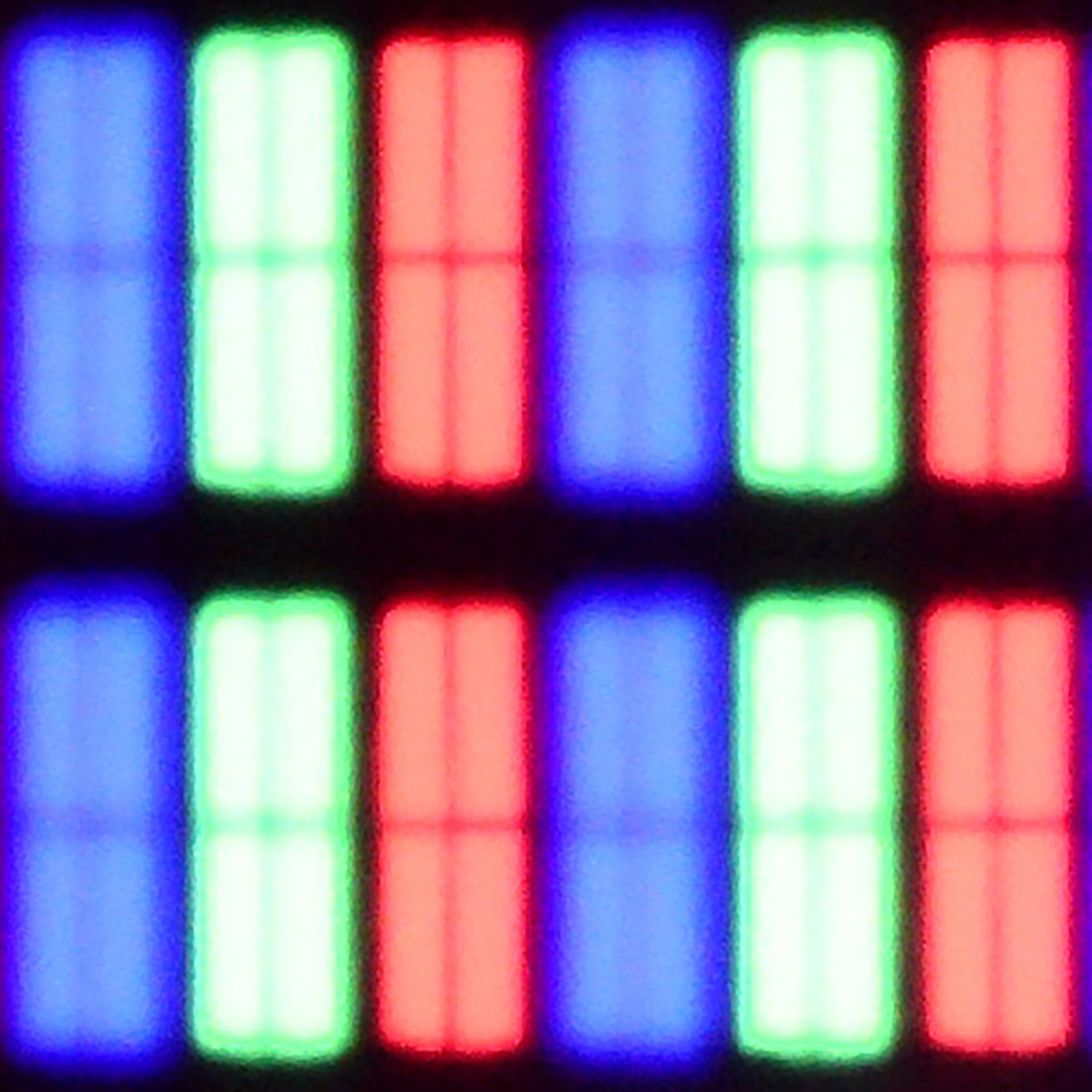
Panel uniformity:

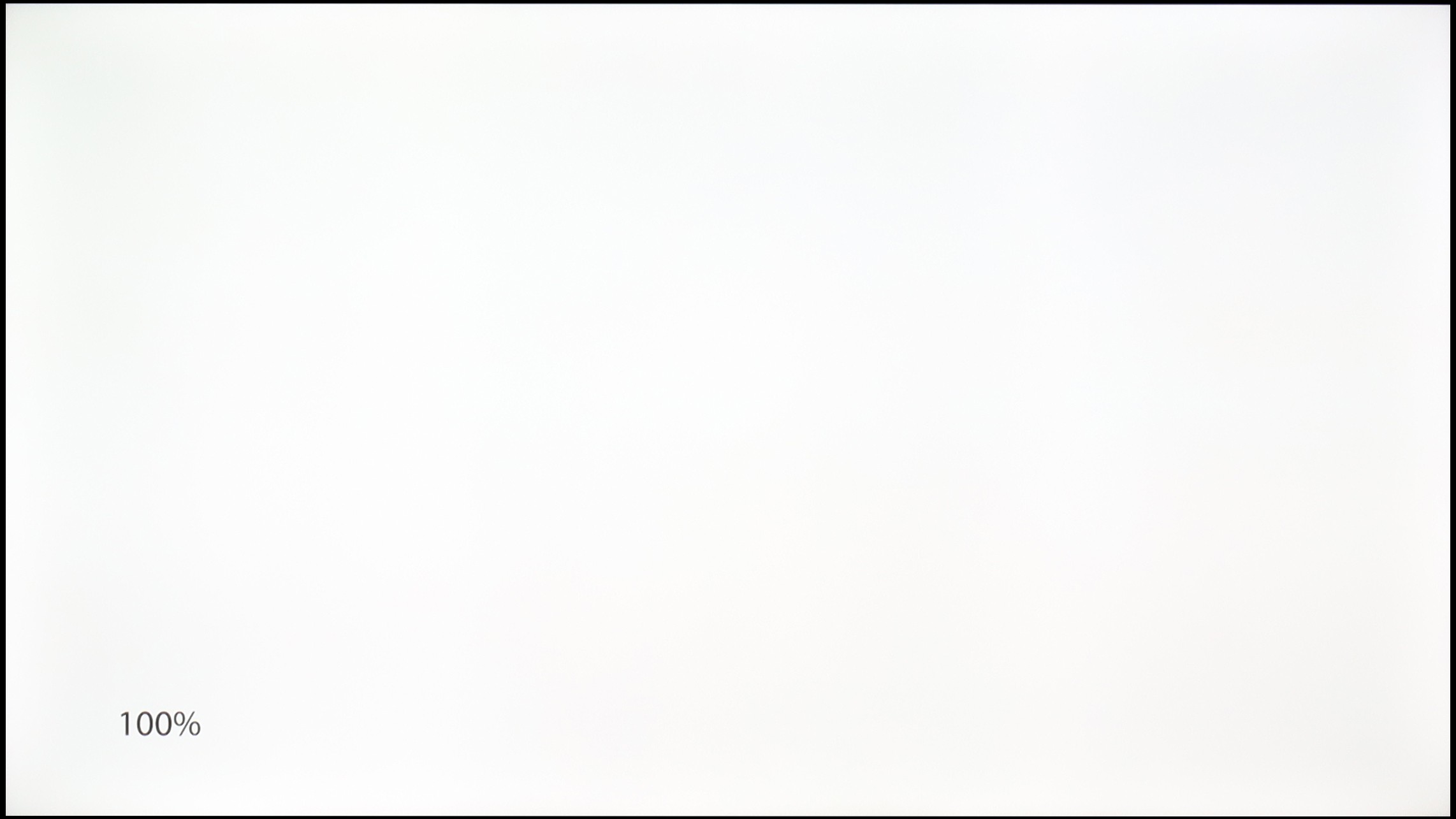
TCL C655 / C69B (43" - 50")
Philips PUS8500
TV features
7.5/10
4.8/10
- HDMI inputs3 x HDMI 2.0, 0 x HDMI 2.13 x HDMI 2.0, 0 x HDMI 2.1
- Other inputsRCA (Chinch)
- OutputsToslink (Optical audio), eARC (HDMI), ARC (HDMI)Toslink (Optical audio), eARC (HDMI), ARC (HDMI), Mini-Jack (Headphones)
- Network InterfacesWi-Fi 2.4GHz, Wi-Fi 5GHz, Ethernet (LAN) 100MbpsWi-Fi 2.4GHz, Wi-Fi 5GHz, Ethernet (LAN) 100Mbps
- TV receptionDVB-T, DVB-T2, DVB-S, DVB-S2, DVB-CDVB-T, DVB-T2, DVB-S, DVB-S2, DVB-C
Classic features:
- Recording to USB (terrestrial TV)
- Recording programming
- Picture in Picture (PiP)
- RF remote control (no need to aim at the screen)
- Backlit remote control
- Teletext
- Audio only mode
- Possibility to connect Bluetooth headphones to the TV
- Possibility to simultaneously use Bluetooth headphones and the TV speaker
Smart features:
- AirPlay
- Screen mirroring (Windows Miracast)
- Wyszukiwanie głosowe
- Voice search in native language
- Ability to connect a keyboard and mouse


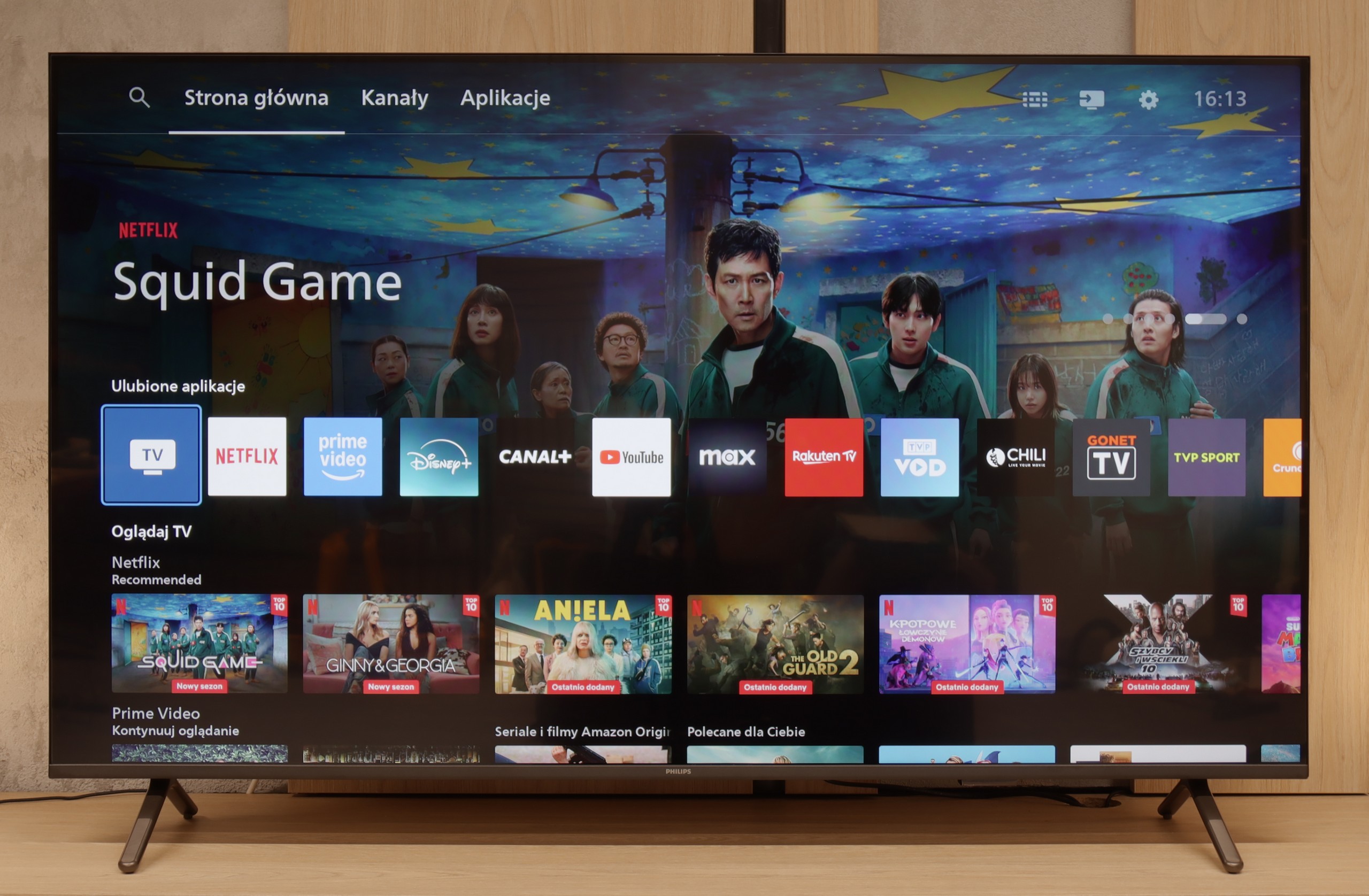
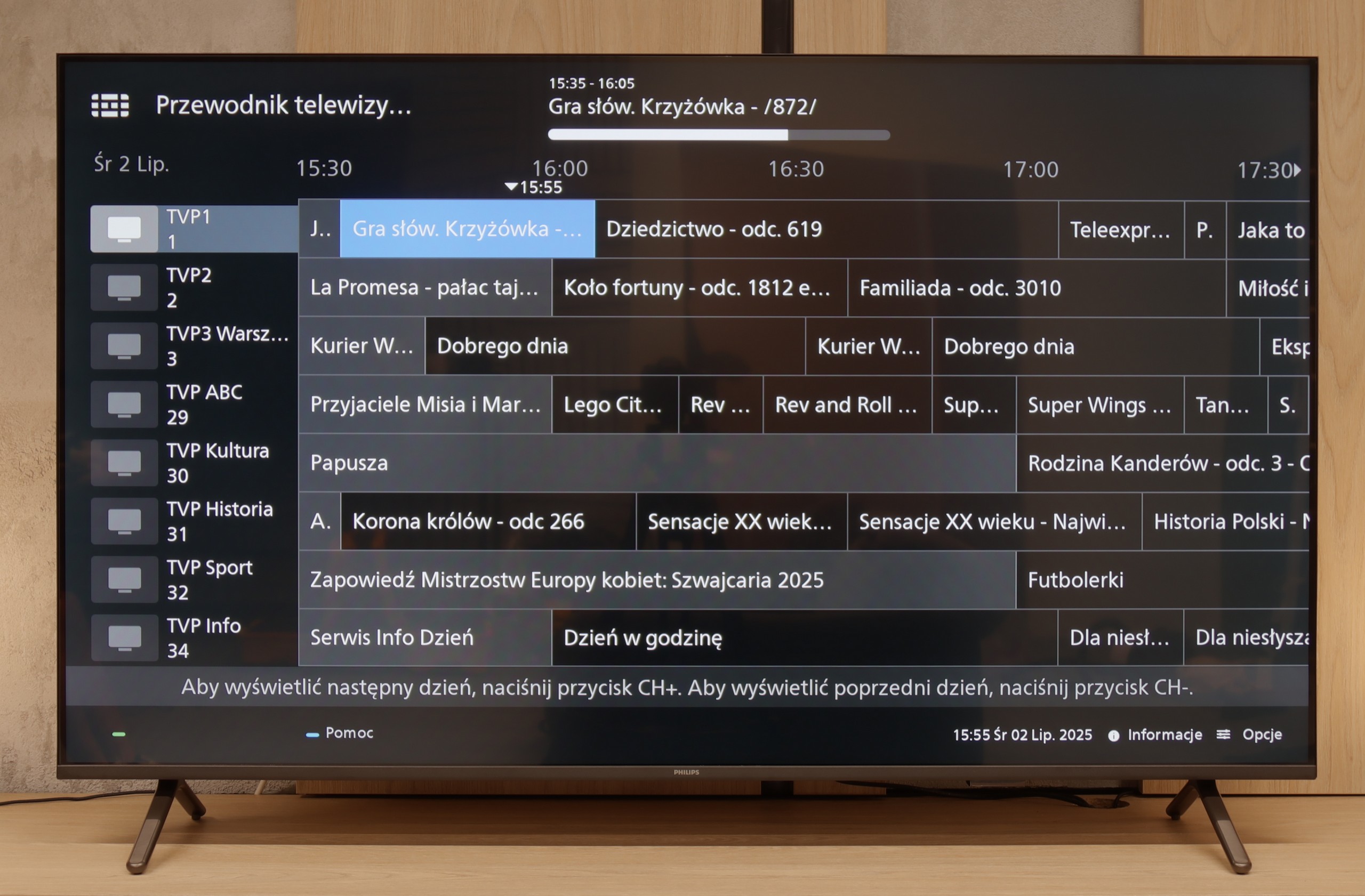
The TCL C69B / C655 television operates on the Google TV system, offering a rich set of features that enhance user comfort. Google TV is an extension of Android TV that provides personalized content recommendations based on user preferences and viewing history. This allows for easy access to popular streaming apps such as Netflix, YouTube, and Prime Video, as well as to the Google Play Store, where additional apps can be found. This system works well with other Google devices, allowing control of the television via Google Assistant and integration with the smart home system. Voice search is also available in Polish, which increases convenience in operation.
In terms of connectivity, the television supports screen mirroring via Windows Miracast and AirPlay, enabling easy sharing of images from other devices. There is also the option to connect a keyboard, mouse, and Bluetooth headphones, as well as simultaneously use headphones and the built-in speaker, with separate volume control for both audio sources. The TV remote operates on RF technology, which means it does not need to be aimed at the screen, significantly improving user convenience. Unfortunately, there is no picture-in-picture (PiP) function or recording feature from the built-in tuners.
Classic TV Features:
If you are looking for a TV that "works" in the basic sense – the PUS8560 will serve that purpose. In terms of classic features, we have a rather minimalist set. On the plus side, it includes an electronic program guide (EPG), teletext, a backlit remote control with a classic numeric keypad, and a headphone jack. It sounds a bit like a dream set for seniors – and there is some truth to that. However, it must be said clearly: this is a TV with very limited capabilities. We won't find features for recording from DVB tuners to USB, nor is there a PiP mode or other conveniences known from more expensive models.
Smart TV:
How does SmartTV fare on the PUS8560? Well, this is where it gets a bit tricky. The PUS8560 runs on the Titan OS, which in this particular implementation caused significant problems. Some features, while present "on paper," simply did not work. For example: Wireless screen mirroring features like Chromecast or Miracast – we tried to activate them with several different phones and laptops… without success. Perhaps this will be fixed in the future, but at the time of testing – it did not work. Additionally, the system's speed left much to be desired – switching between apps or home screens was simply slow. A significant portion of the features in the menu feels heavily hidden in the depths of a poorly organized system. To make matters worse, the library of available applications is quite limited. While the situation with apps is better than last year, it is still far from ideal. The situation is somewhat saved by the modern remote – slim, elegant, and superbly made with a really great backlight. Unfortunately, it operates on classic infrared, so you have to point it at the screen. The only exception is the voice control, which works via Bluetooth… it's just a shame that it doesn't support Polish.
Playing files from USB
8.3/10
8/10
Supported photo formats:
Maximum photo resolution:

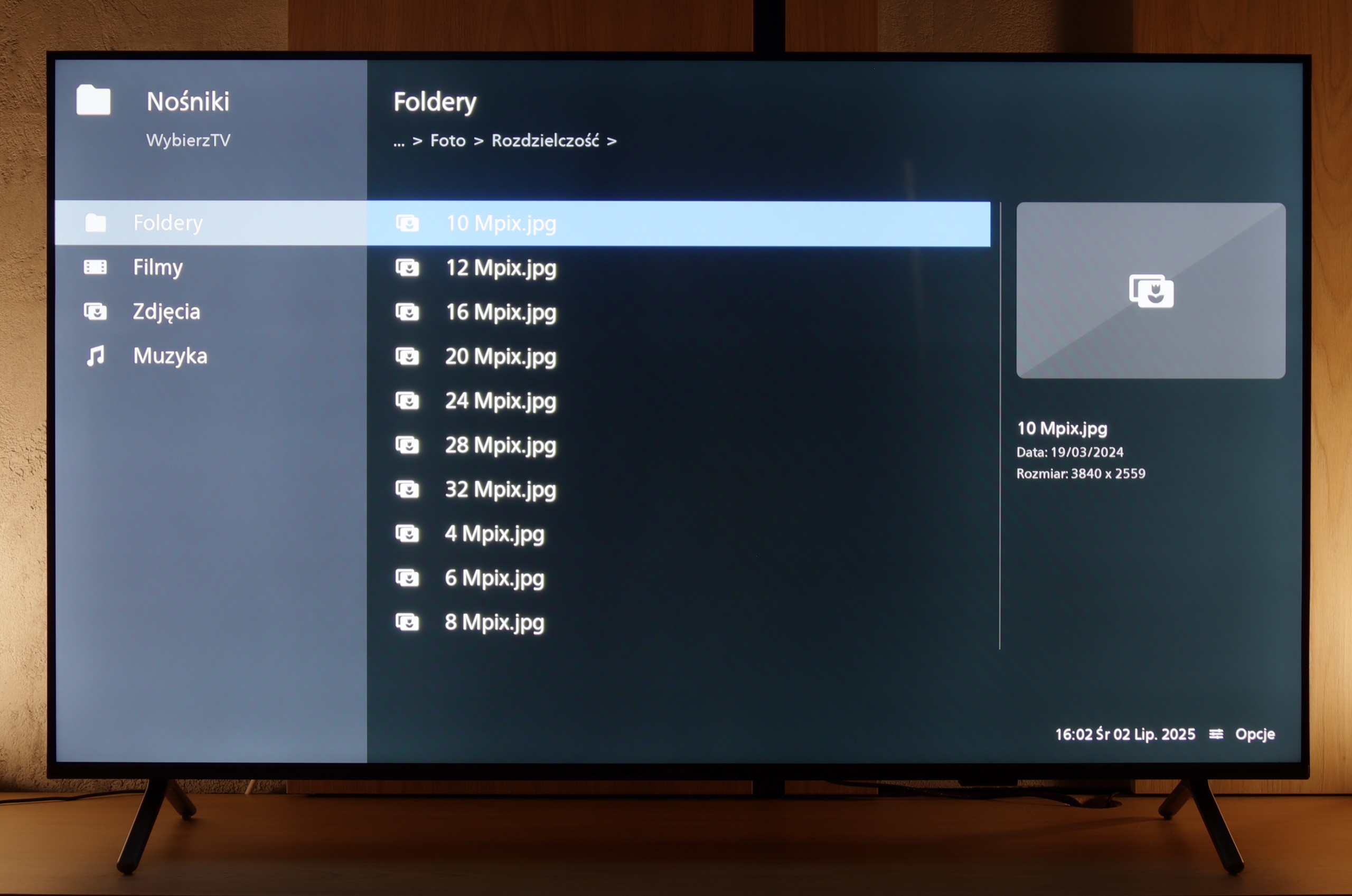
The television will play most files and video codecs, and when subtitles are uploaded to the movie, the font size can be changed. The biggest downside here is the lack of support for less popular image formats. However, on televisions with Google TV, this problem can often be easily circumvented by installing a different media player.
PUS8560 handles playback of most popular video and audio formats from USB memory without any major issues, so there's no point in detailing the compatibilities individually. In daily use, it should just work – and it does. The only thing worth noting is the way it handles photos. Although the television easily recognizes common file extensions, with very high resolution graphic files, some photos may simply not display. This is not a huge problem, but it's good to keep it in mind, especially if we want to view photographs directly from the camera. Aside from that, PUS8560 shouldn't have any major problems with playback of files from USB.
Apps
9.6/10
4.6/10














































Sound
6.3/10
6.2/10
- Maximum volume0dB-
- Dolby Digital Plus 7.1
- Dolby True HD 7.1
- Dolby Atmos in Dolby Digital Plus (JOC)
- Dolby Atmos in Dolby True HD
- DTS:X in DTS-HD MA
- DTS-HD Master Audio
The sound in the C69B / C655 television is quite average, which shouldn't be surprising given the 2x10W speaker power. Additionally, we won't find a branded subwoofer here as in larger sizes 55+ from the company Onkyo. However, we cannot forget about the support for audio formats such as DTS, which is definitely a plus.
The TV sounds quite pleasant and it can confidently be stated that the sound level will be fully sufficient for most users – both for watching everyday programs and for an evening session with a series. Moreover, a nice surprise is that even in such an affordable series, Philips has decided to acquire licenses for full audio formats such as Dolby Atmos and DTS. This is great news for home theater and soundbar owners, as it means full compatibility and no need to "fiddle around" with connecting external devices.


